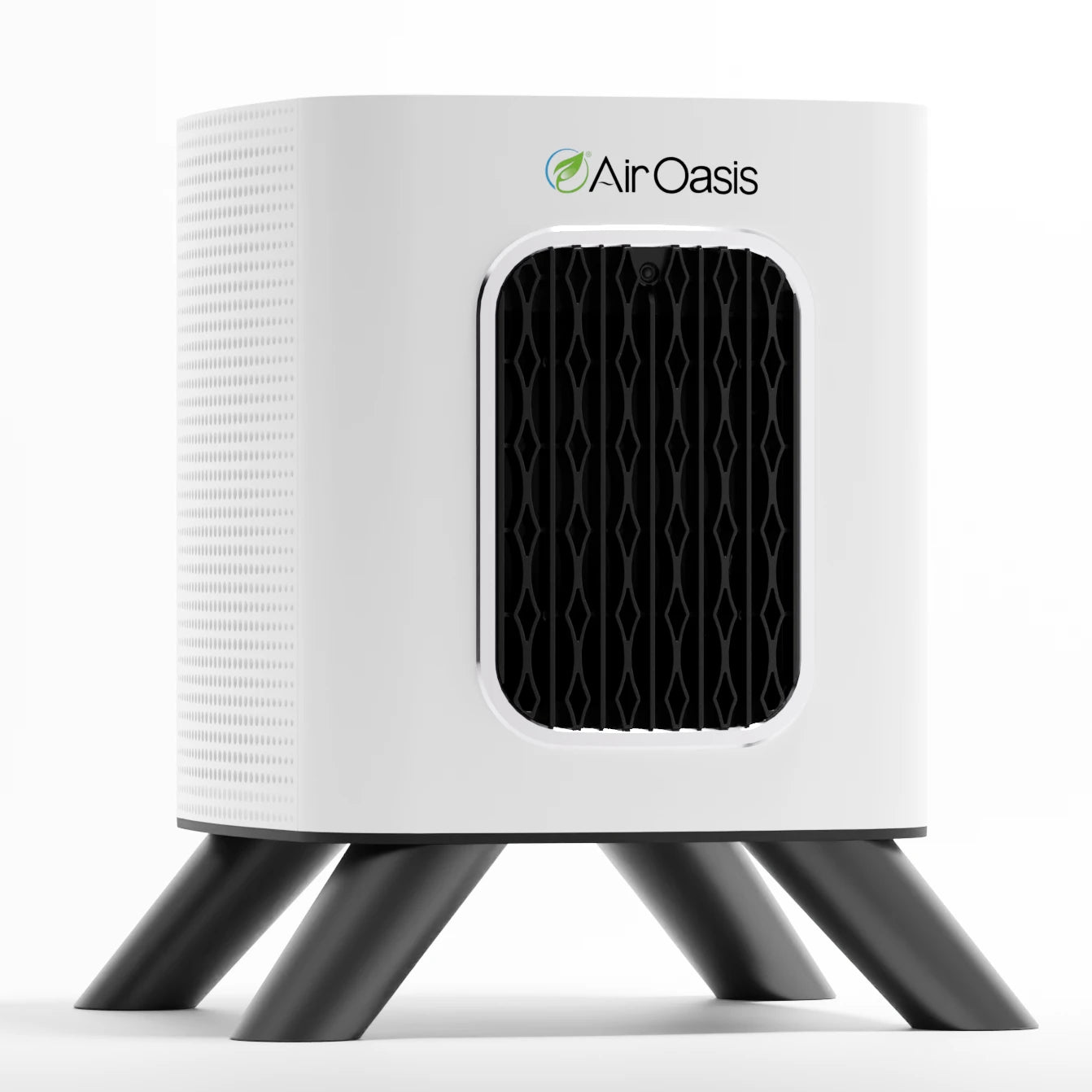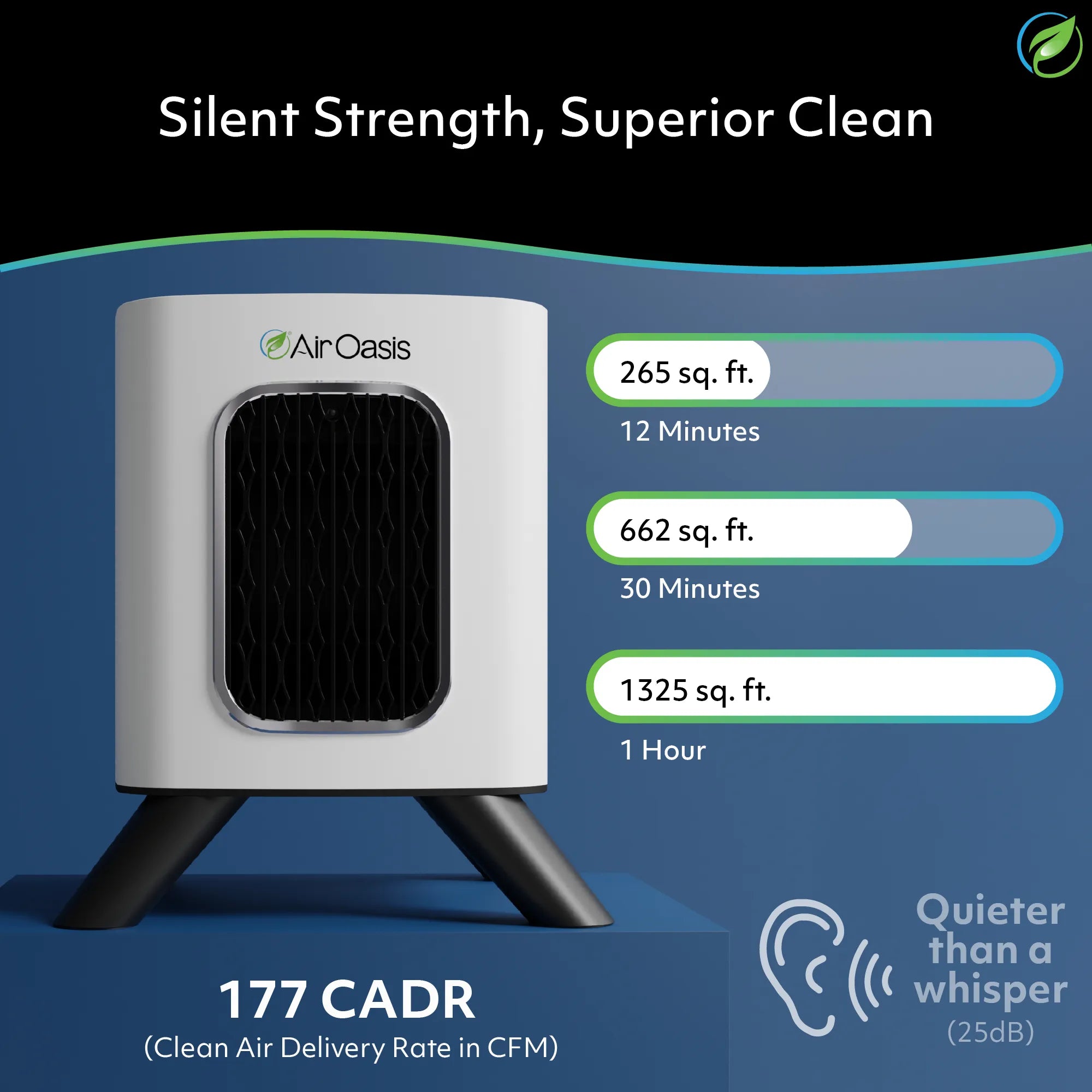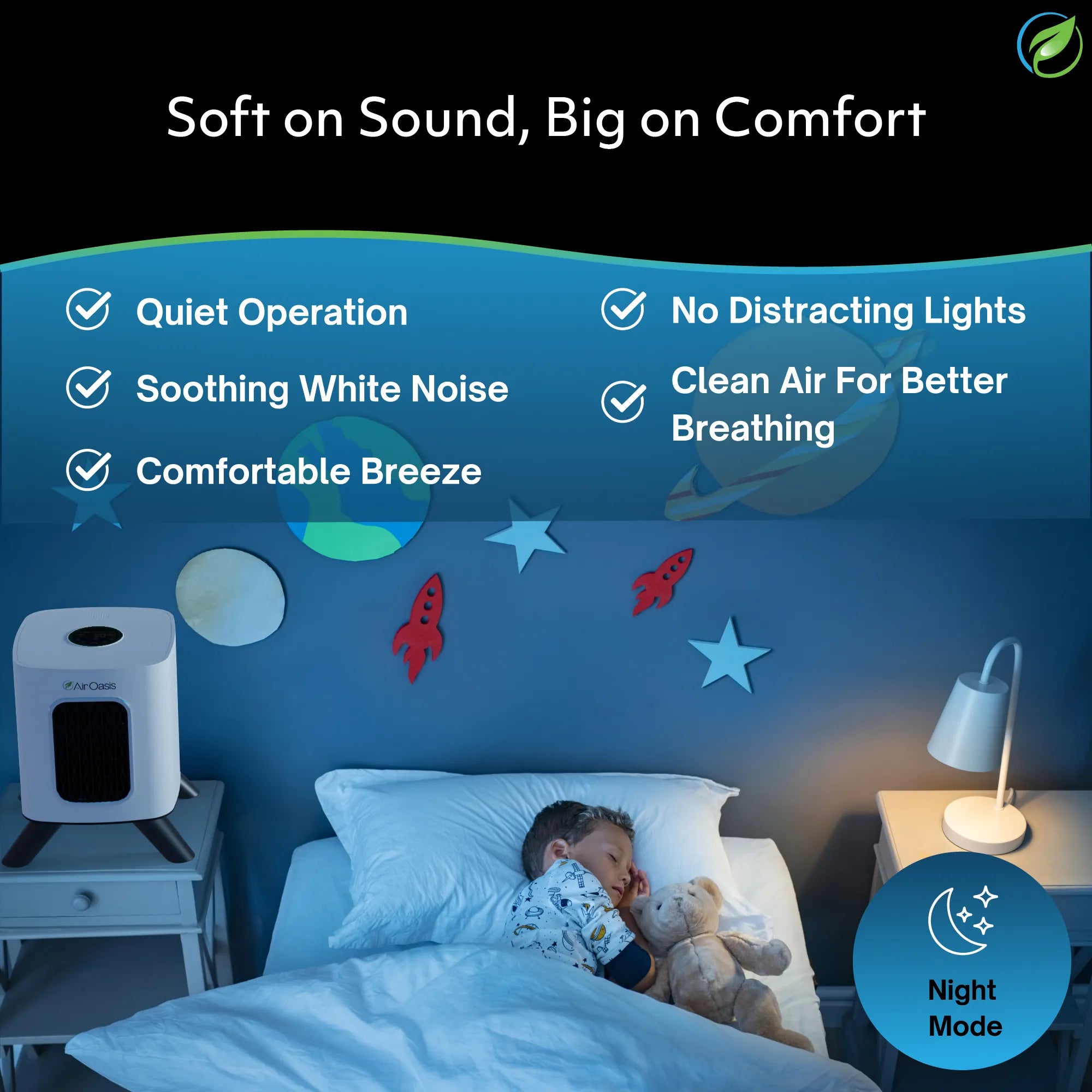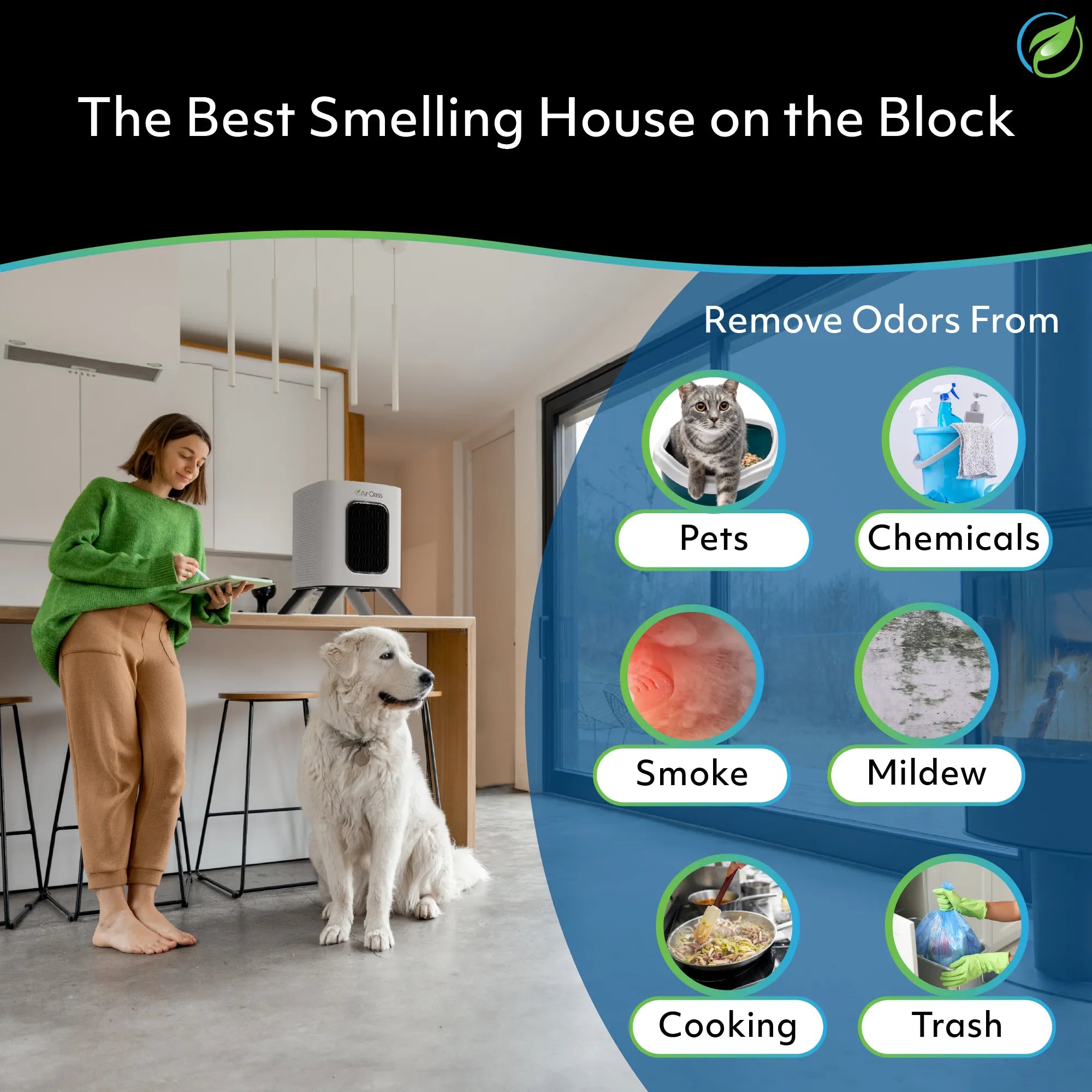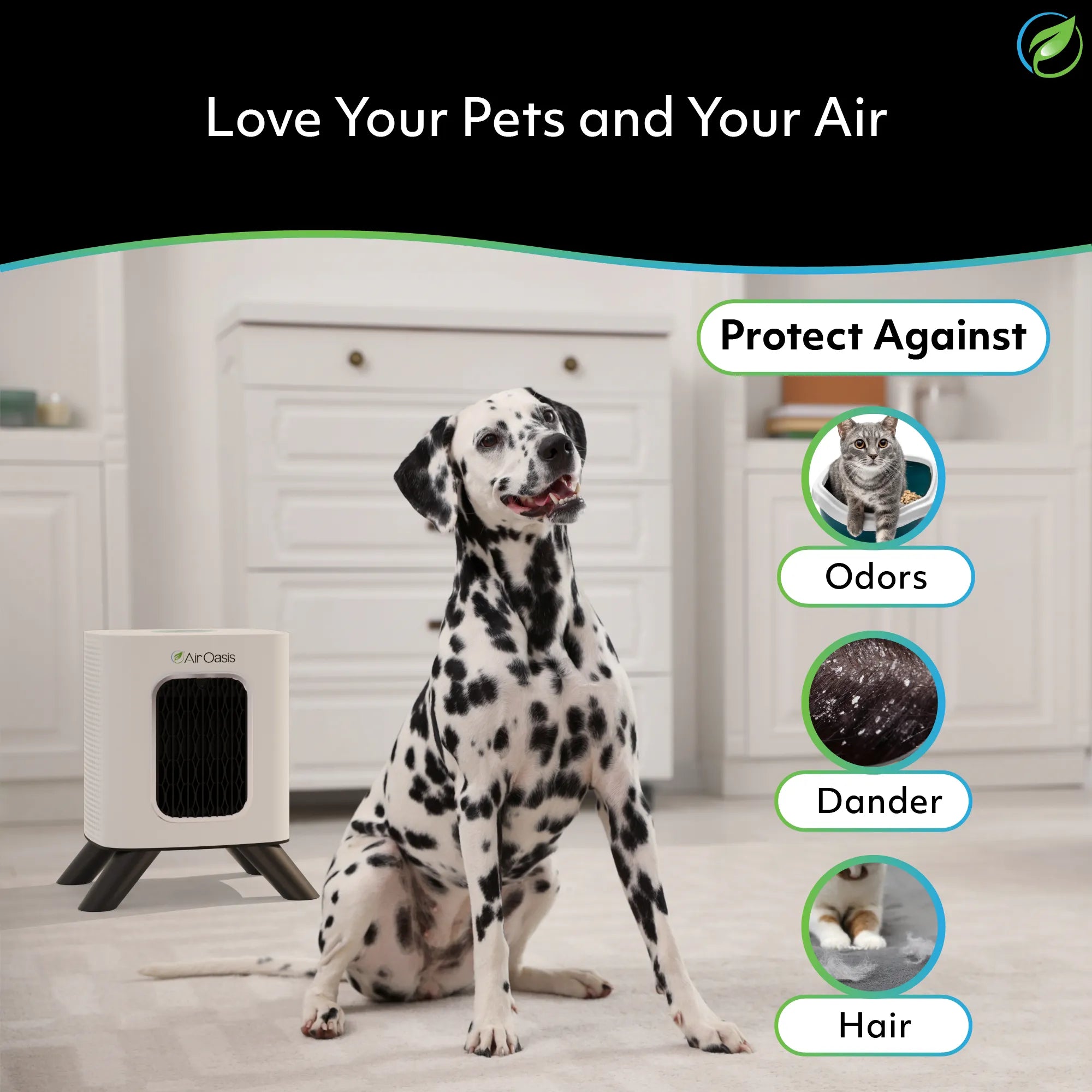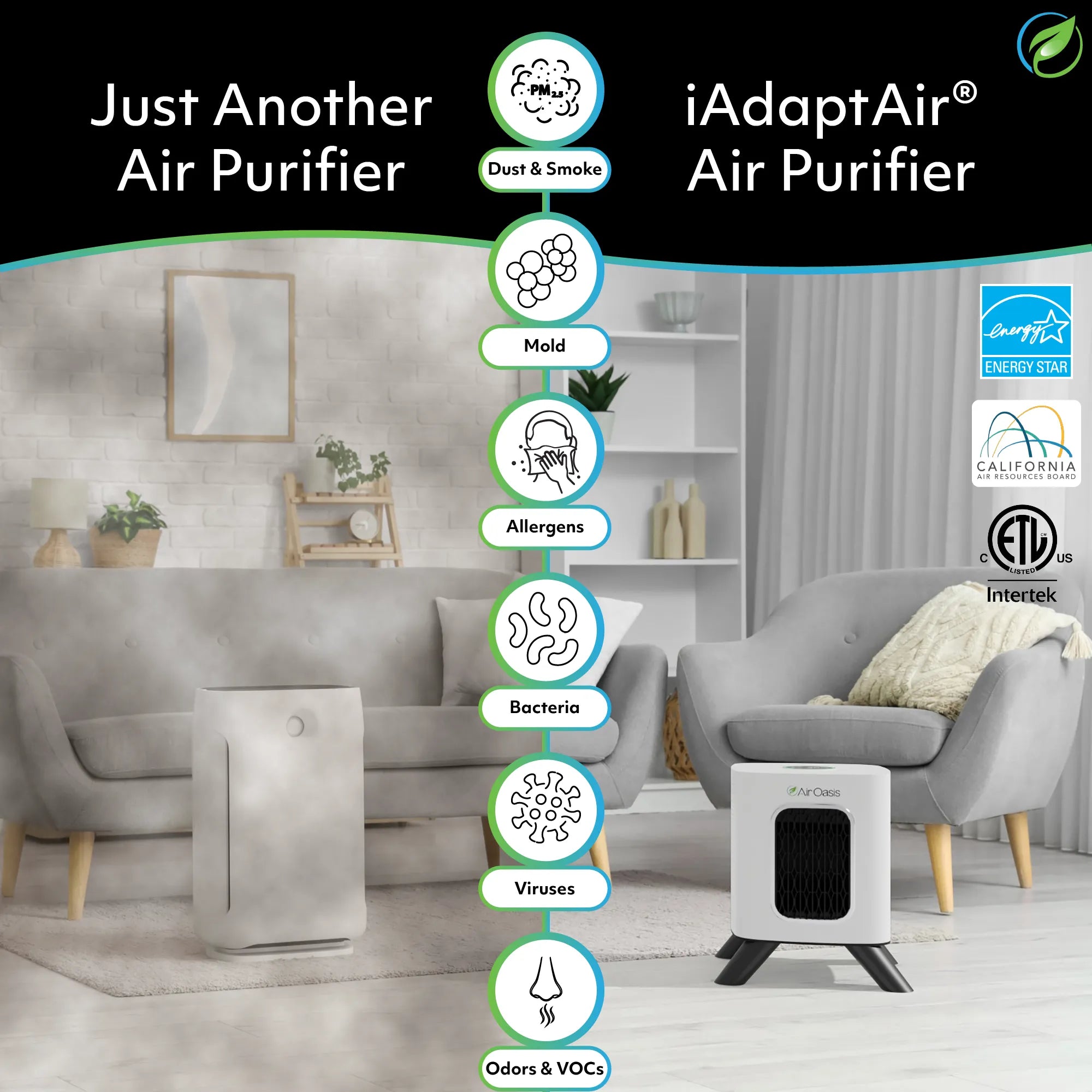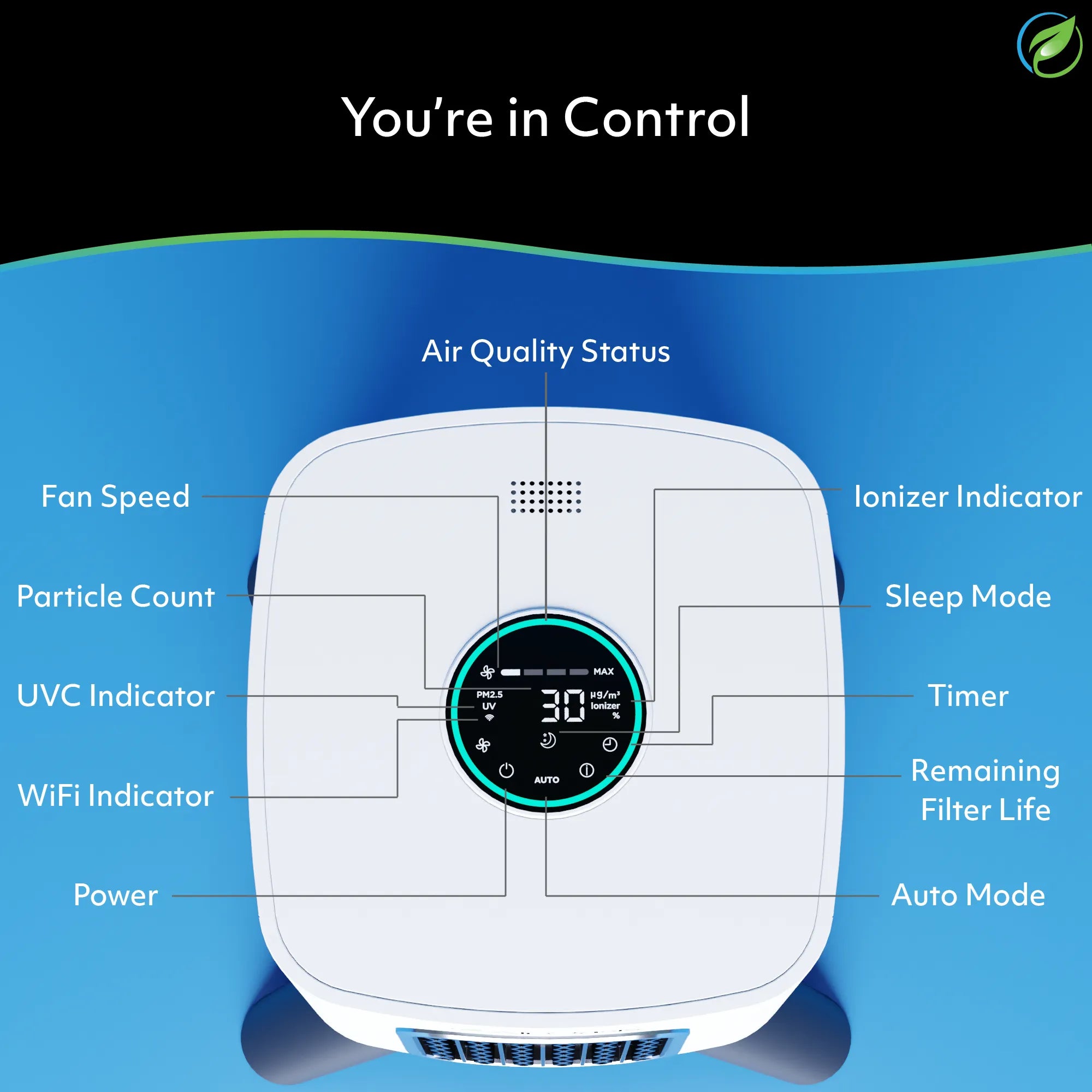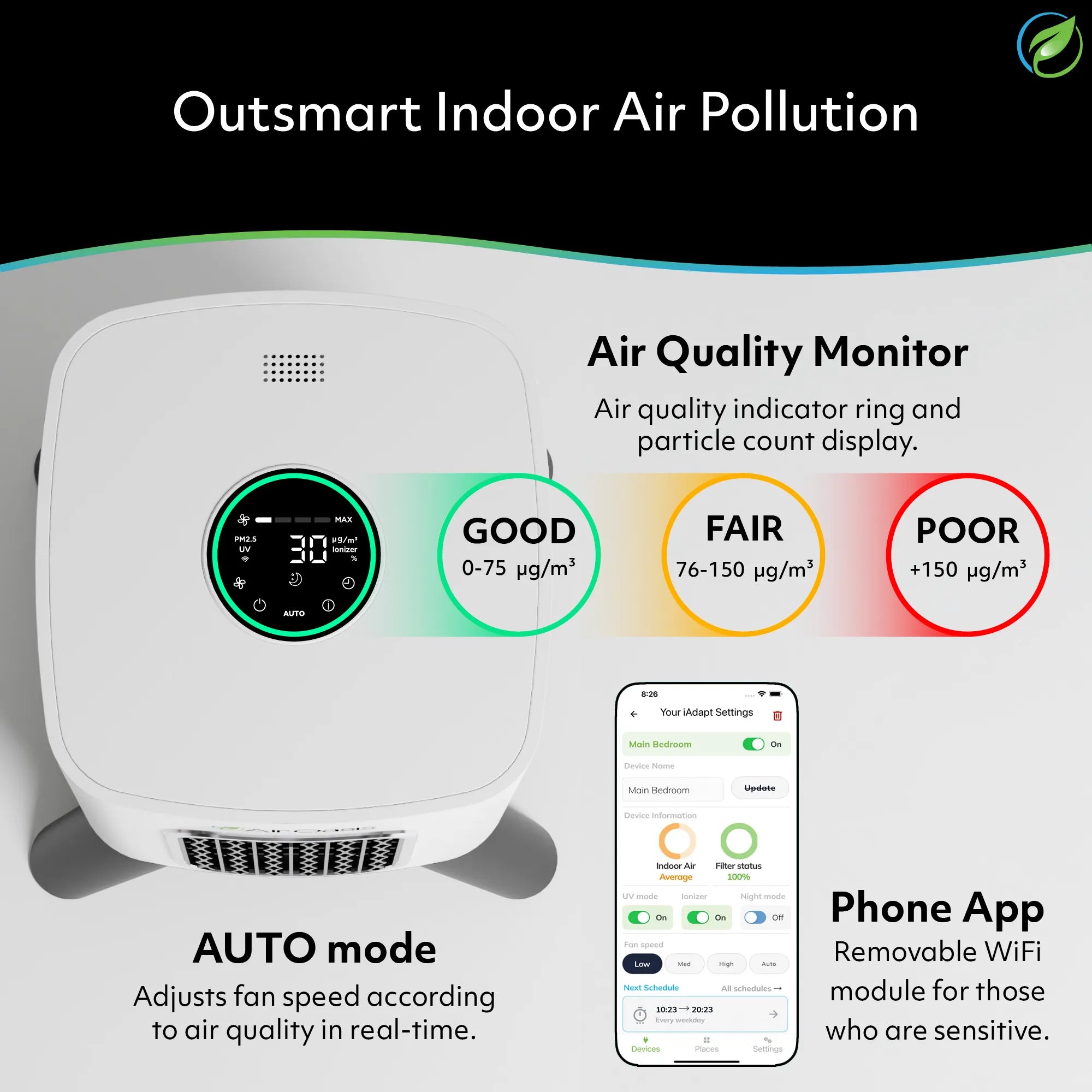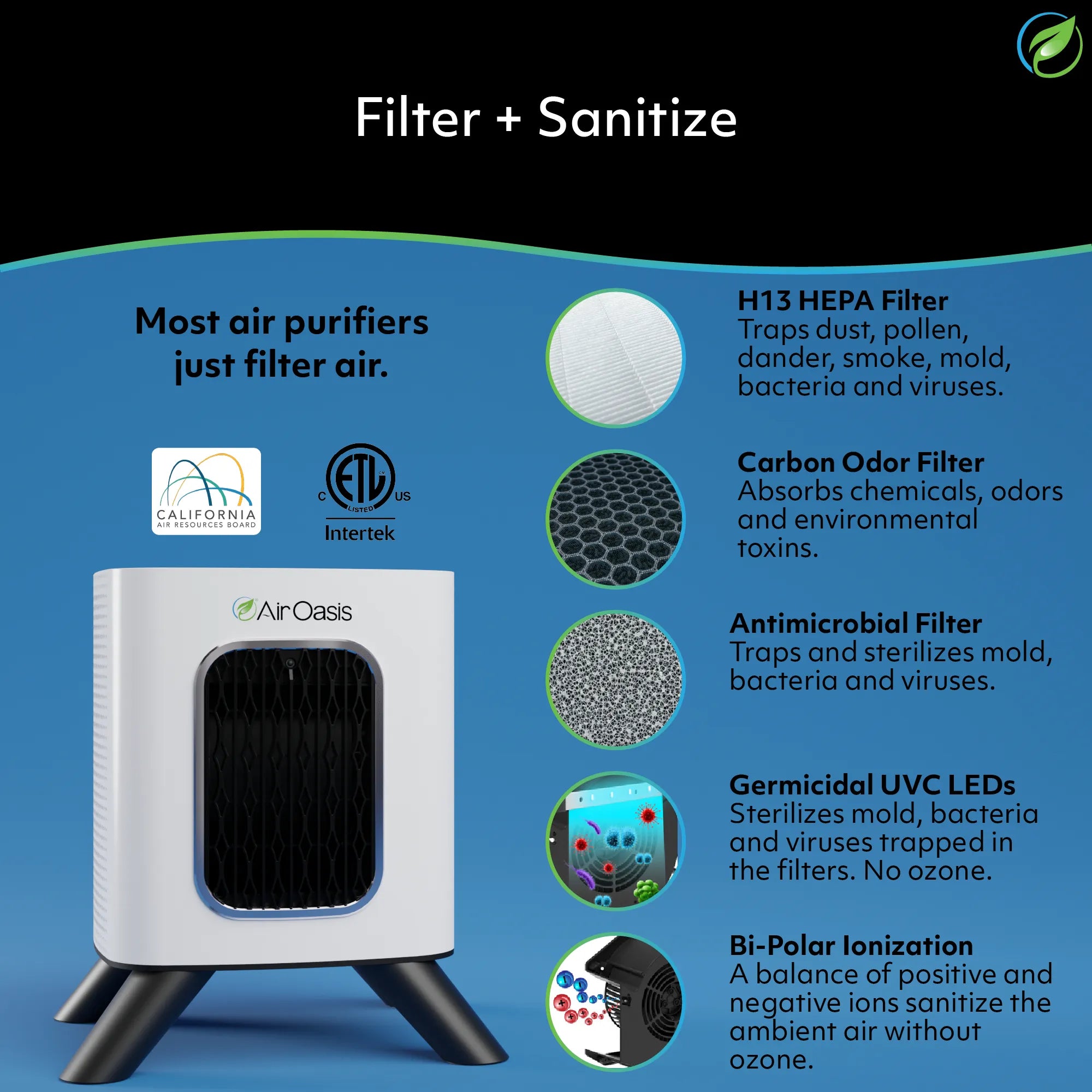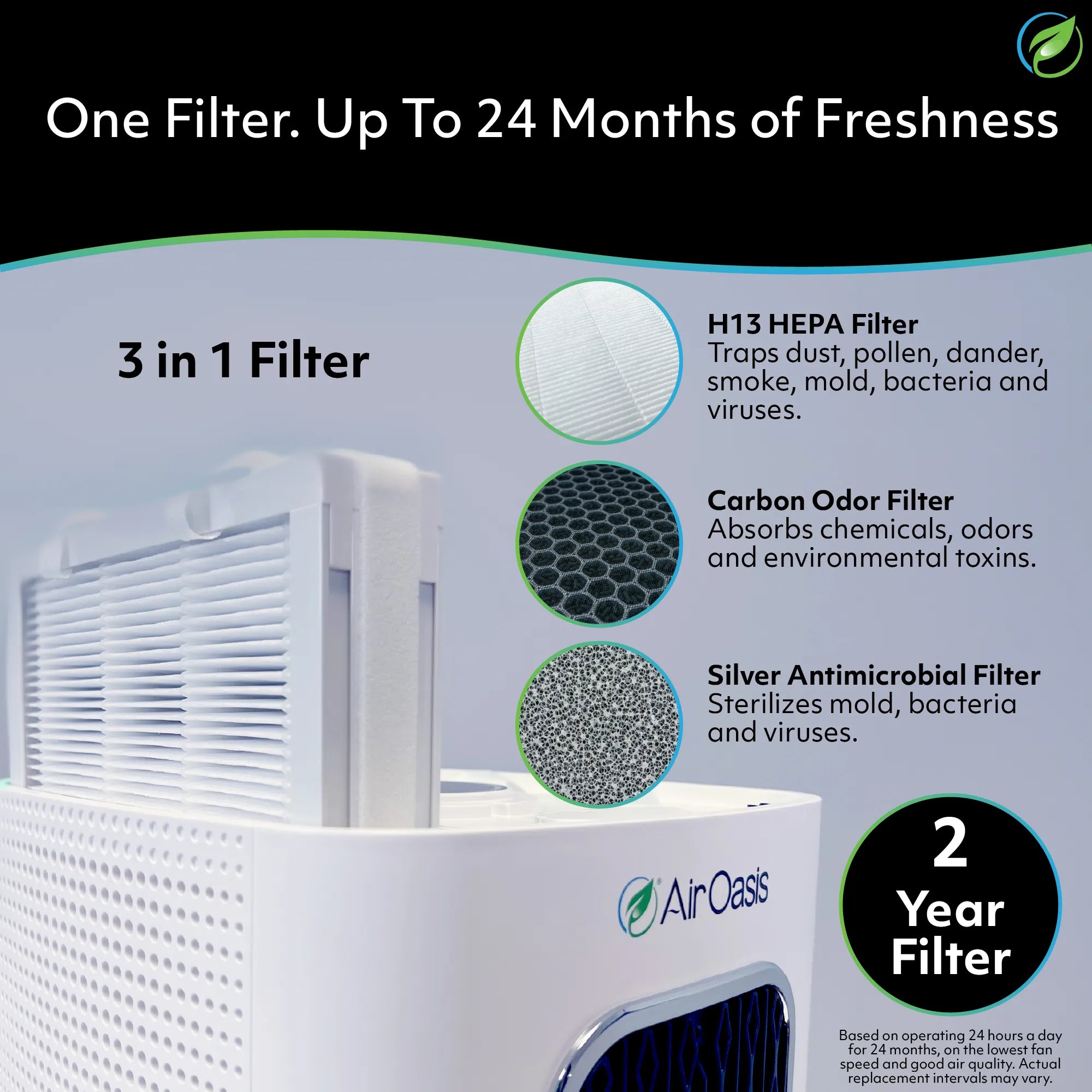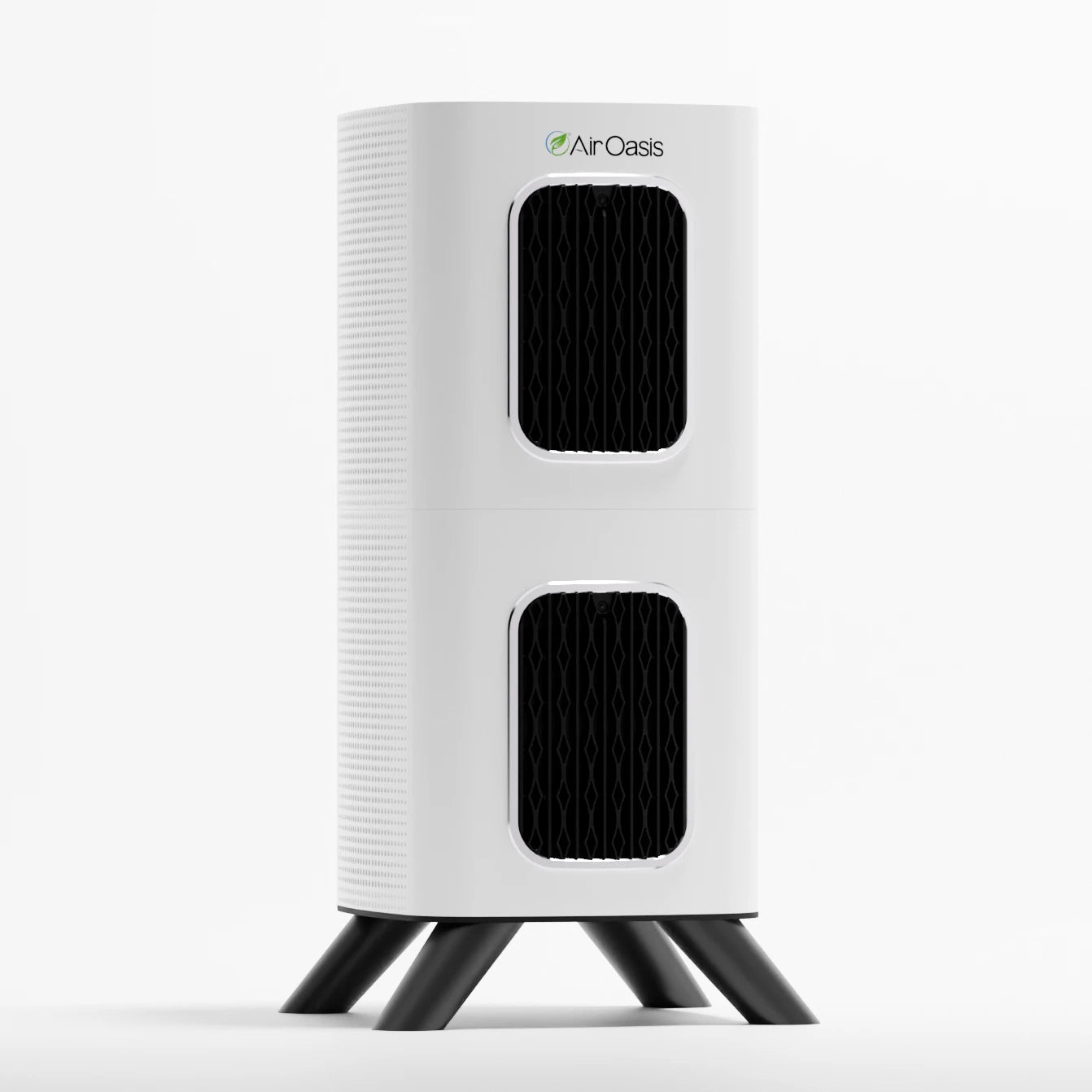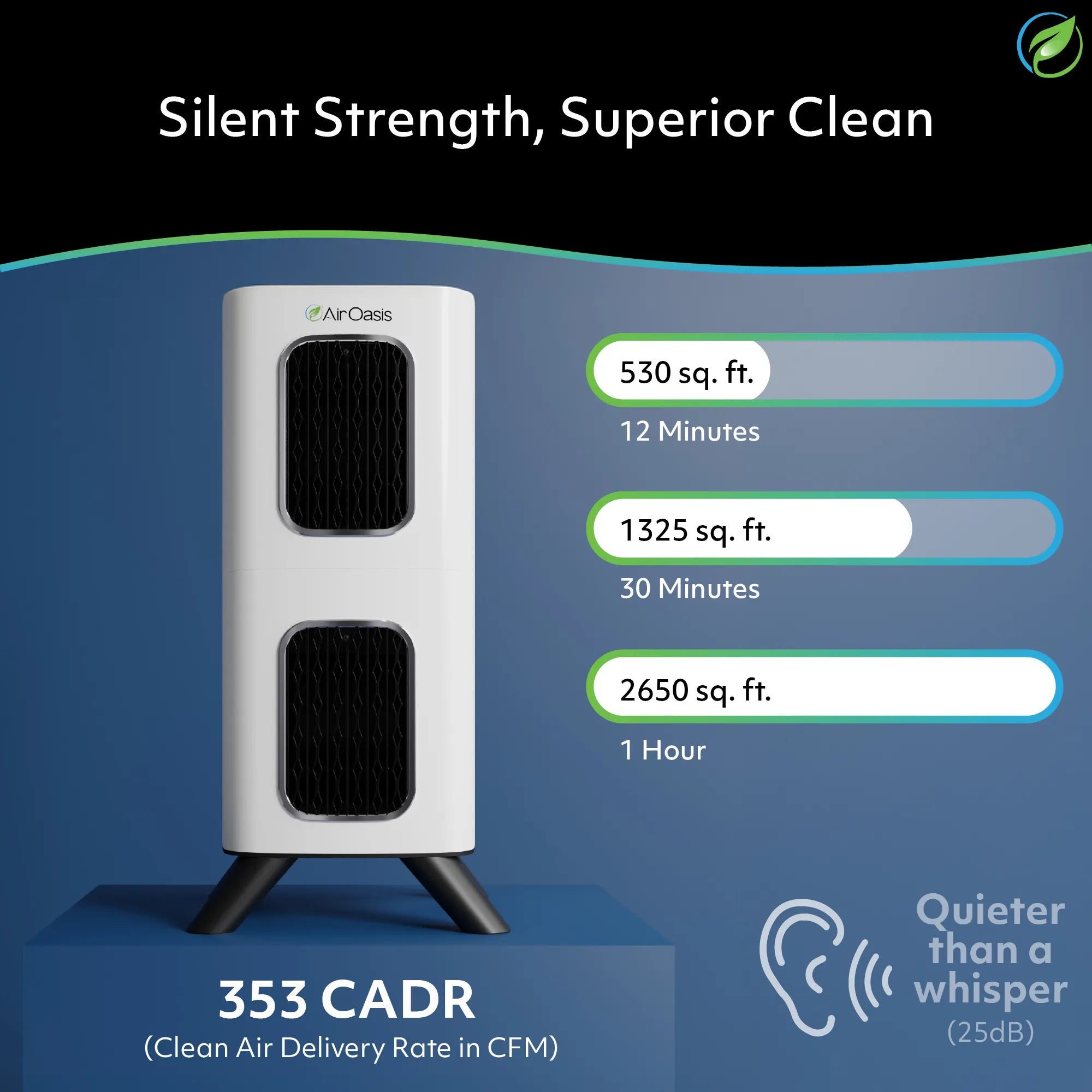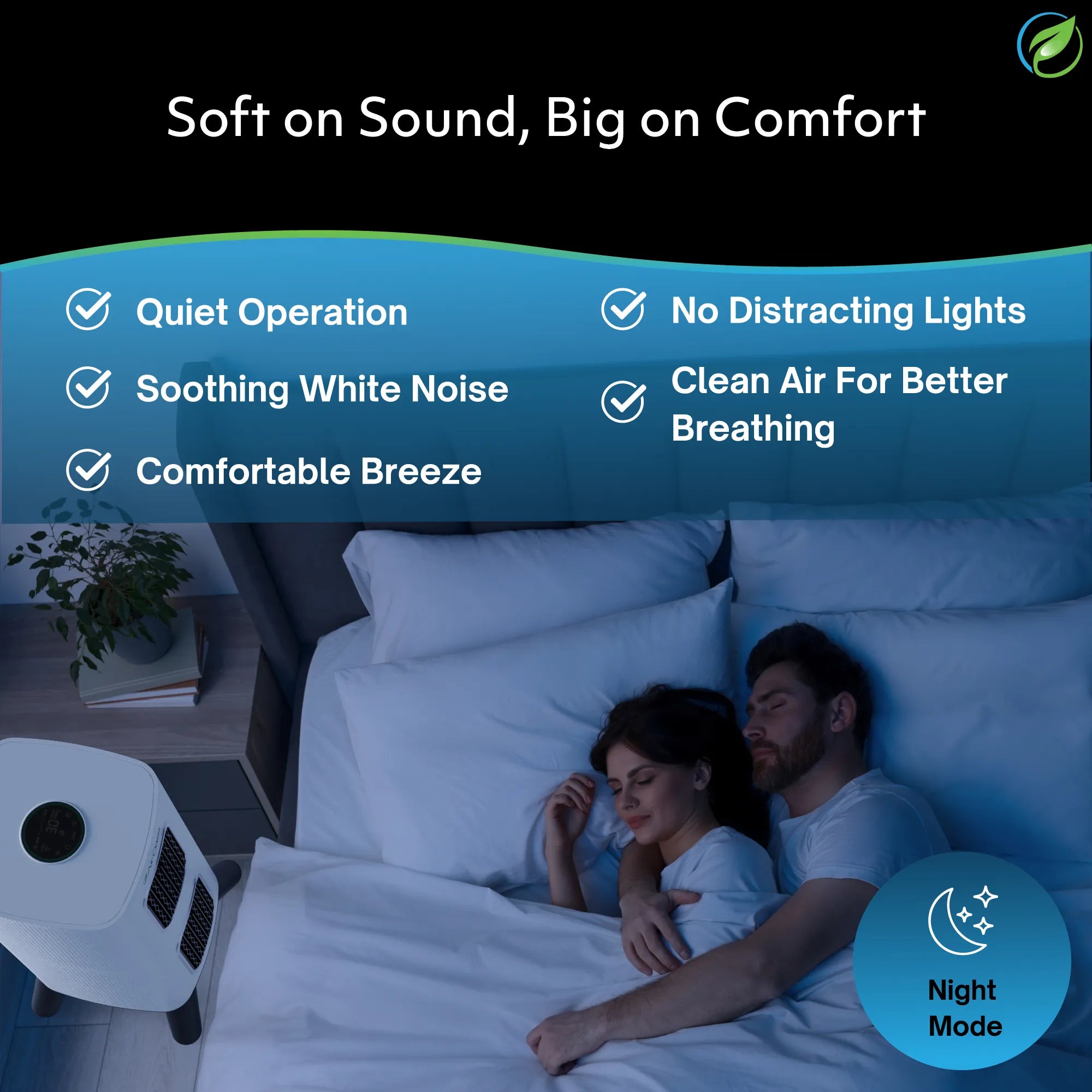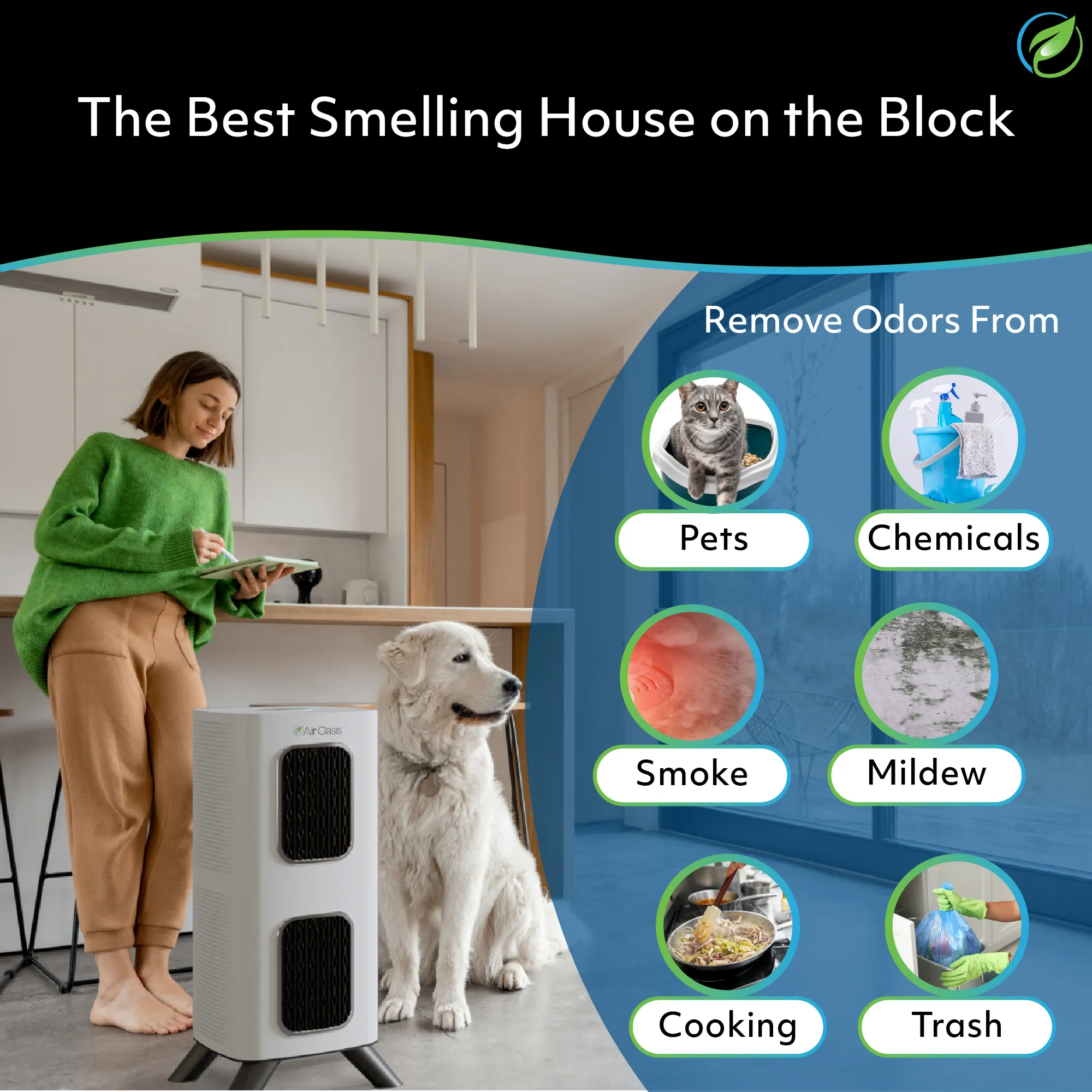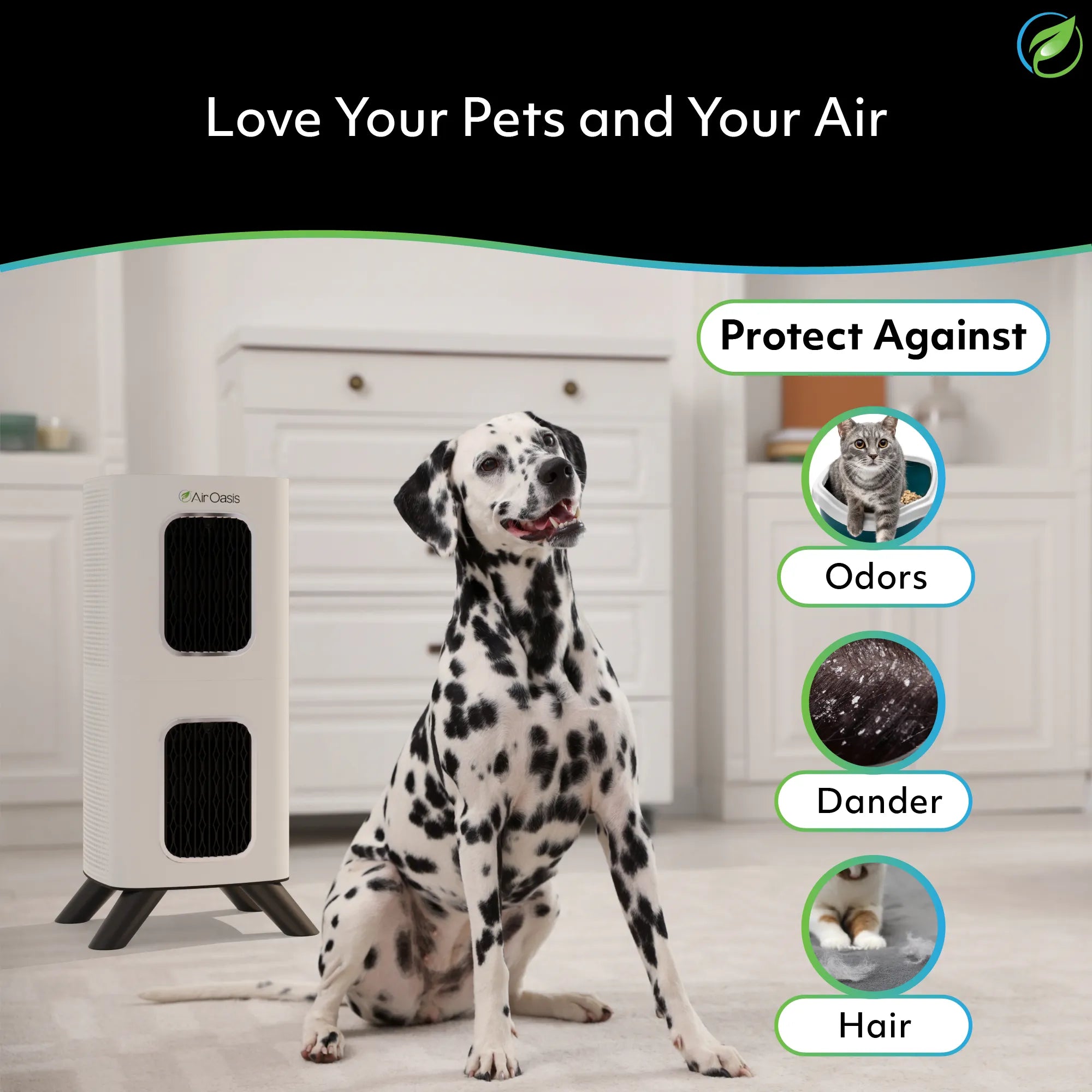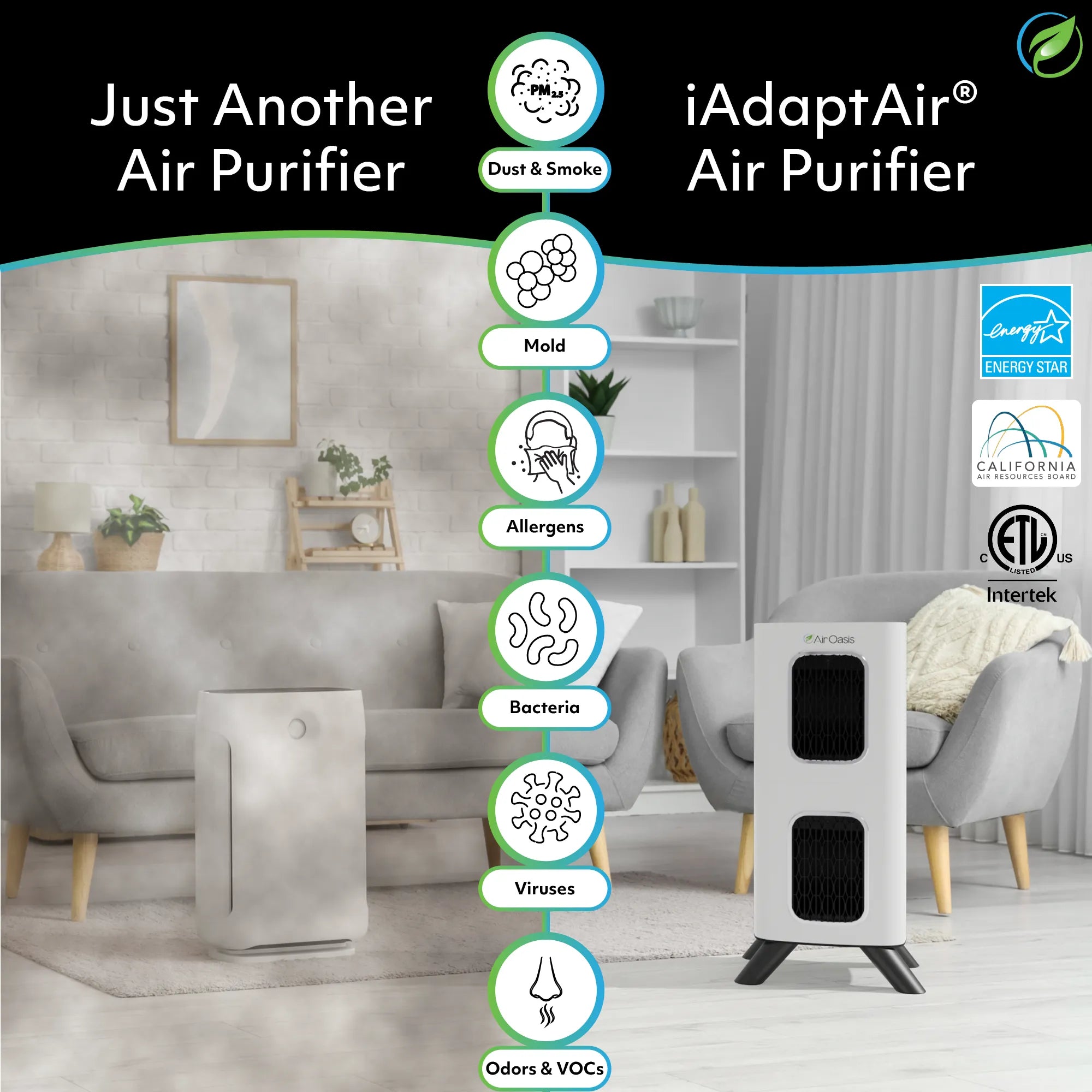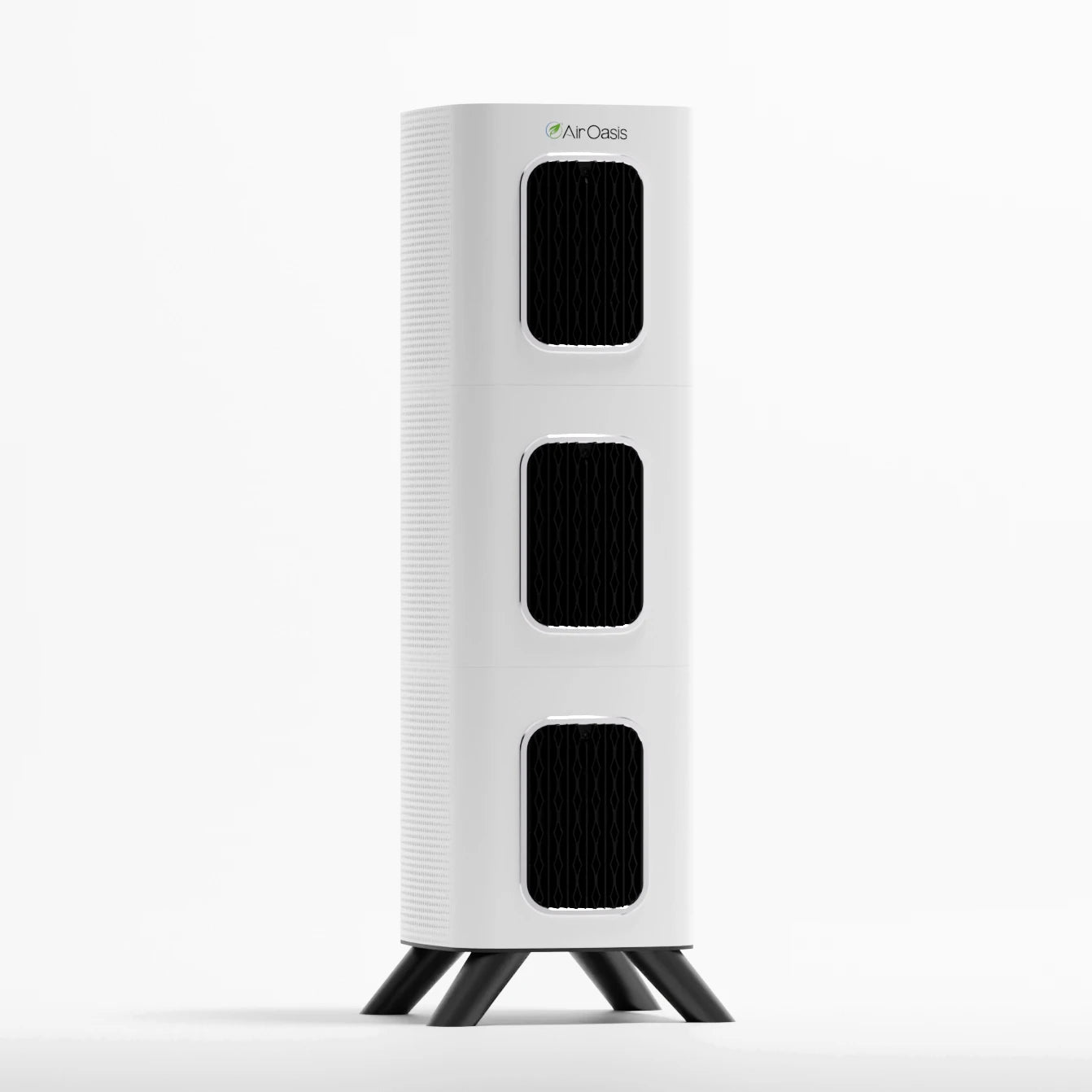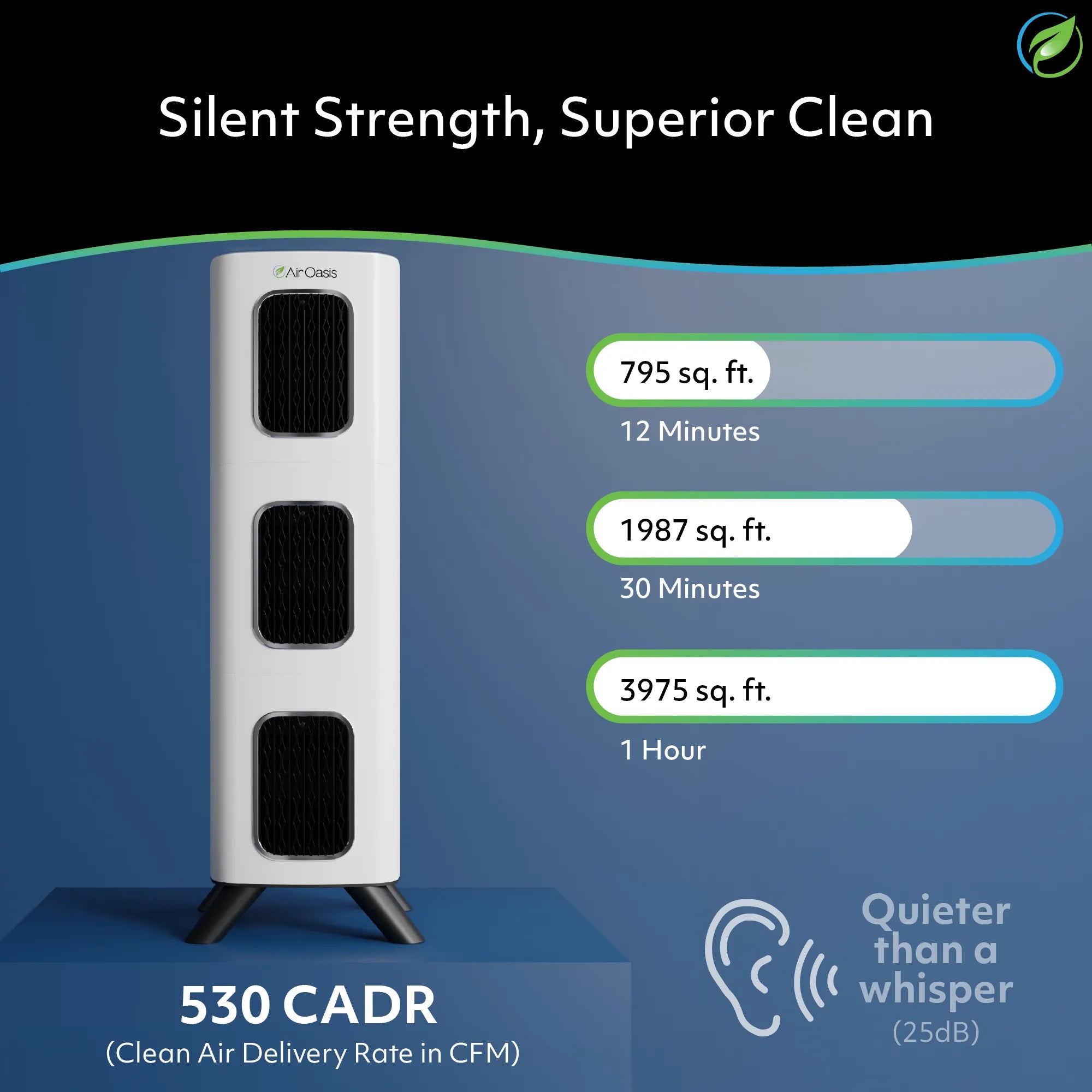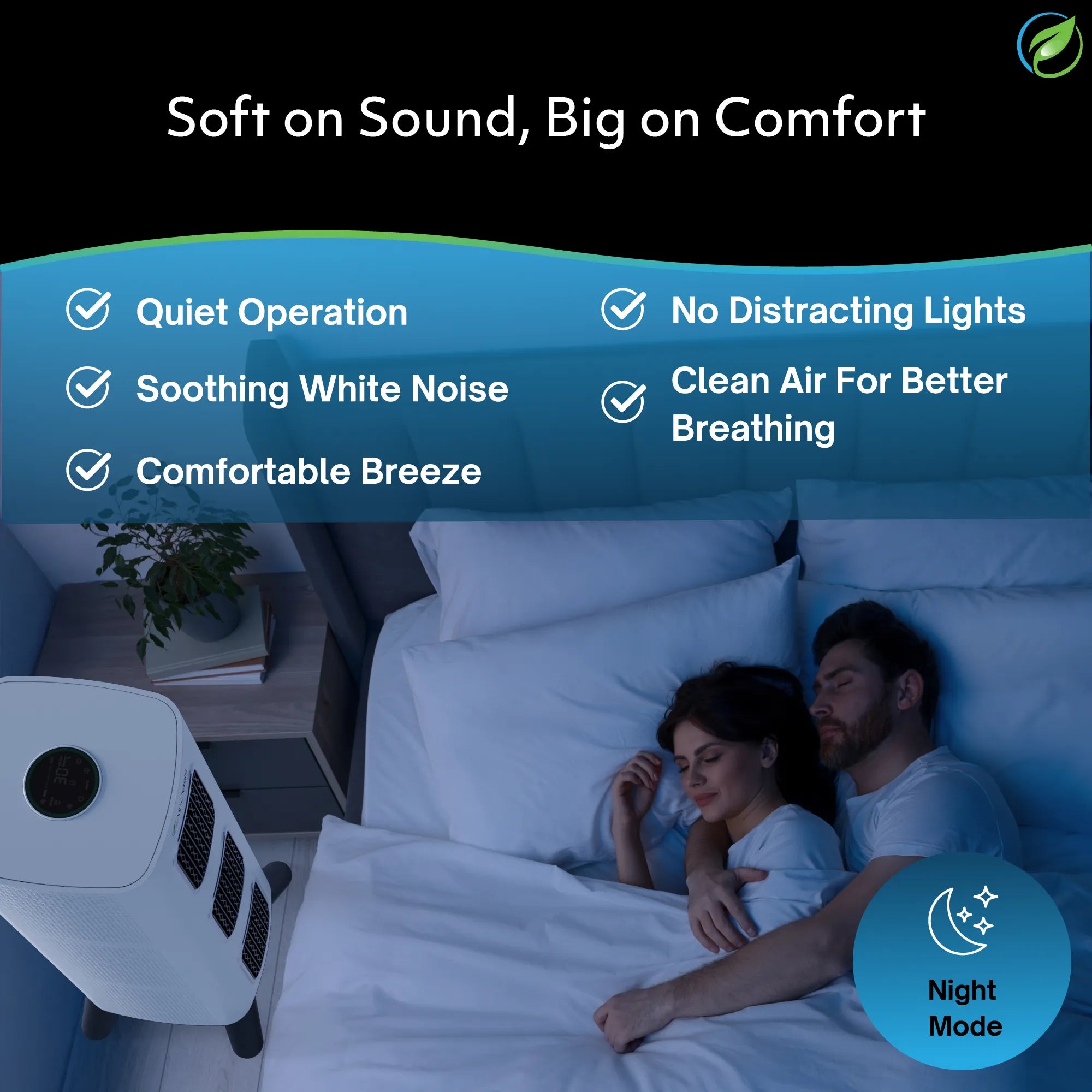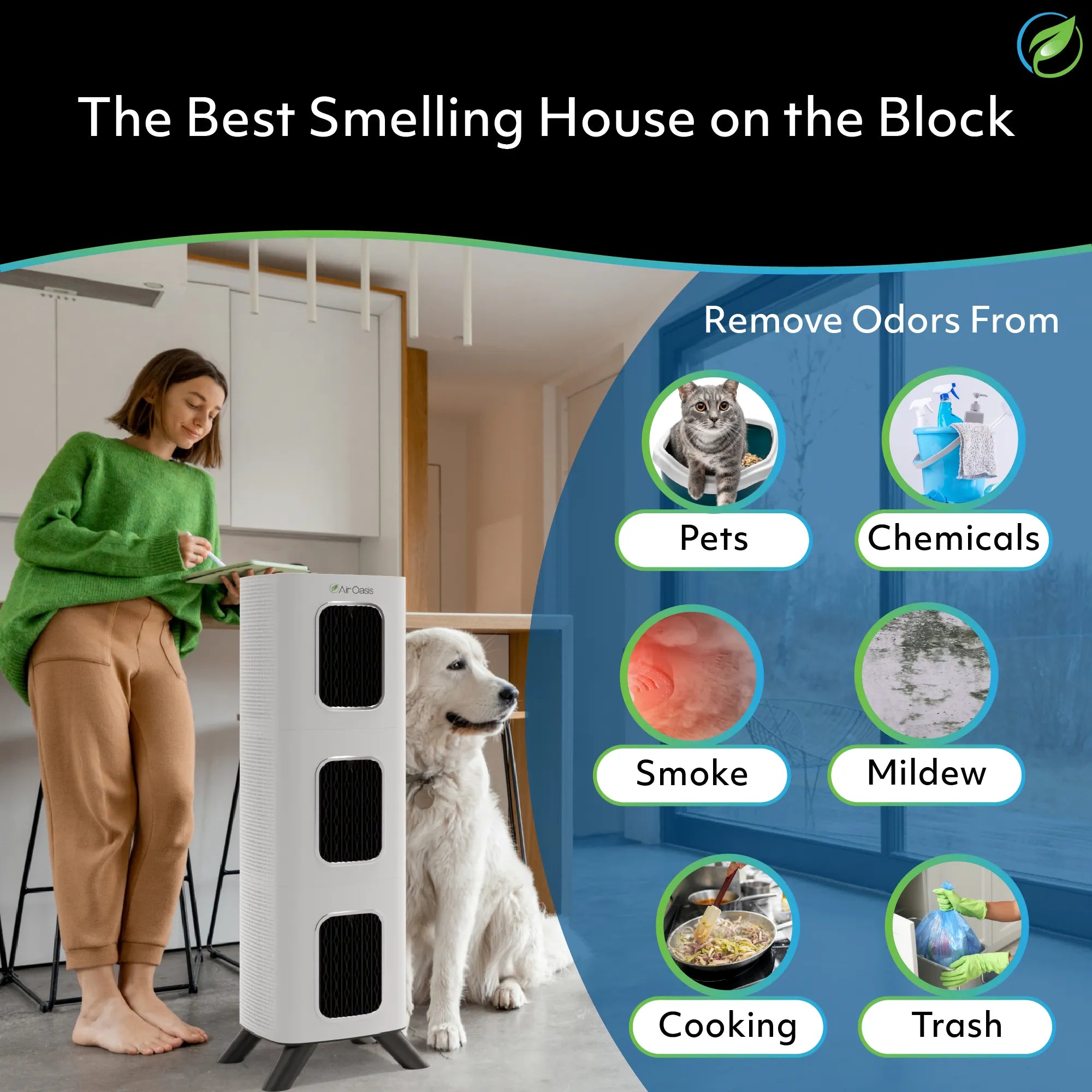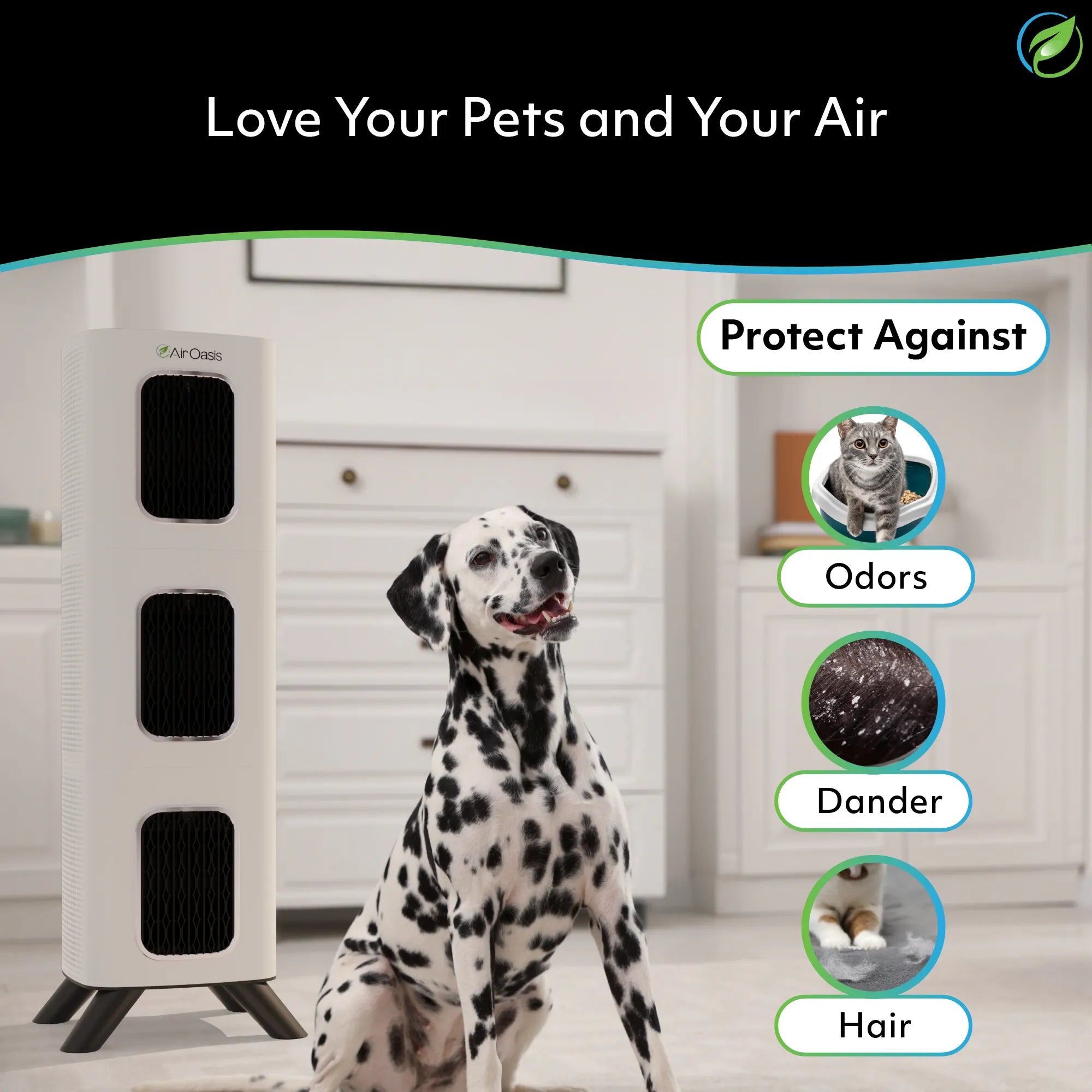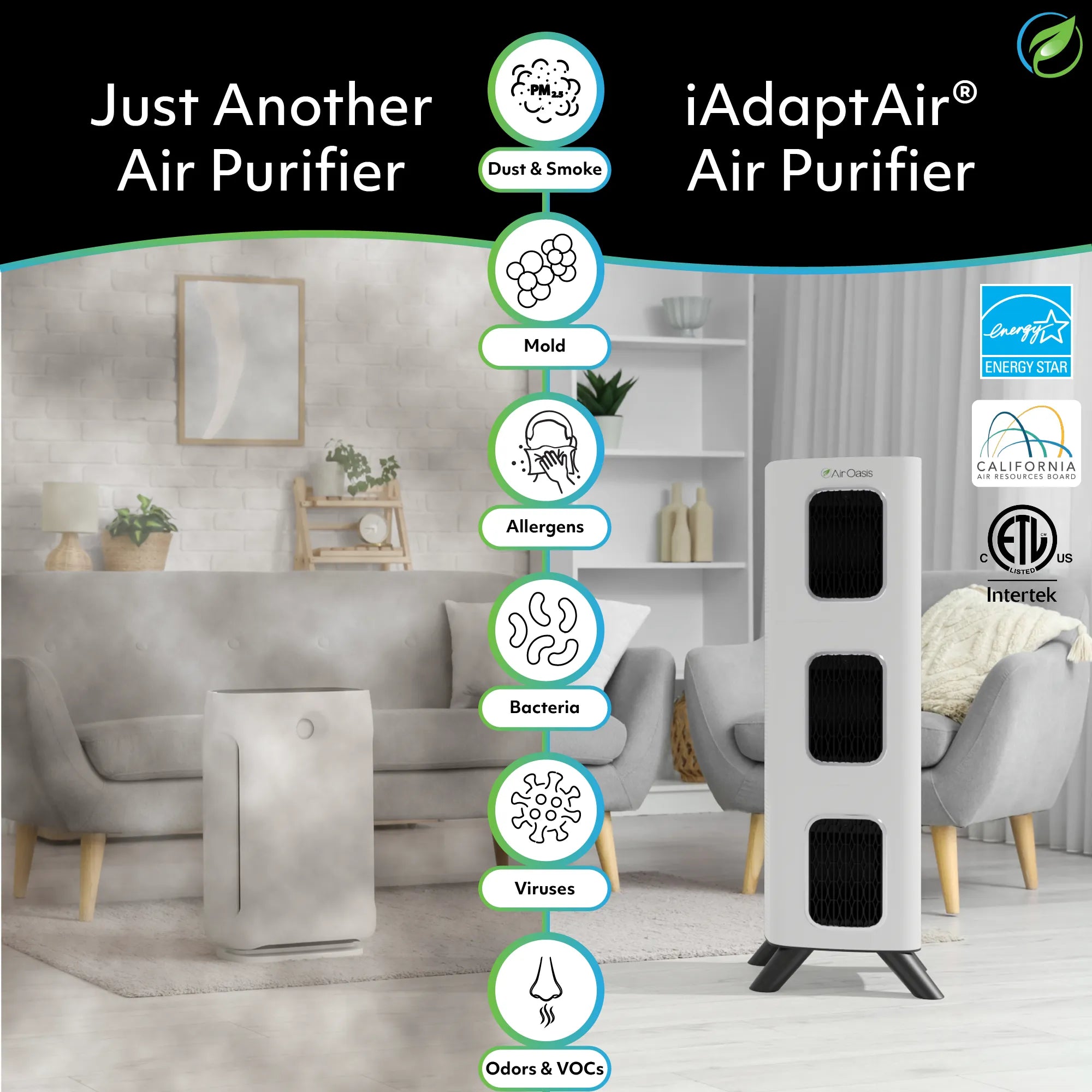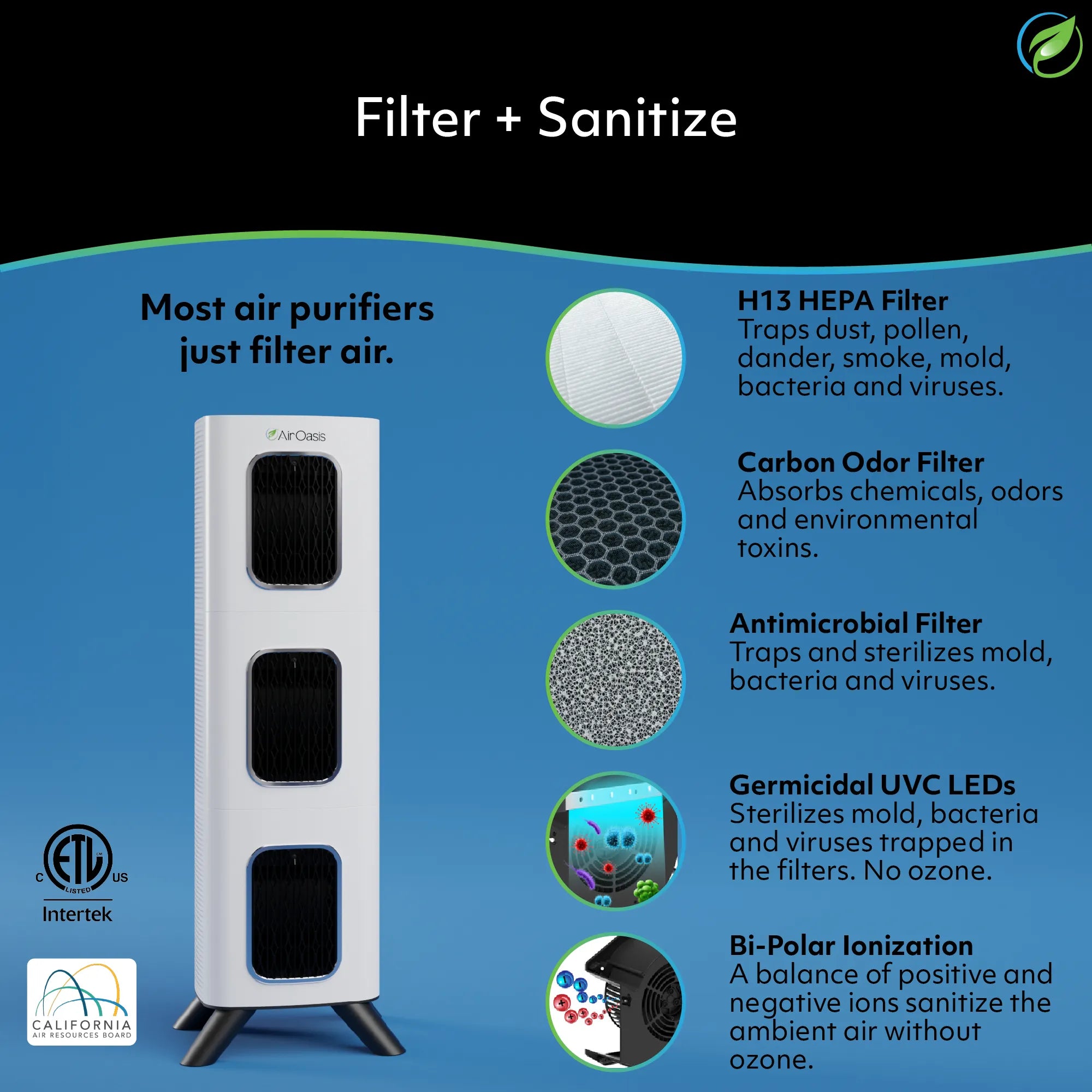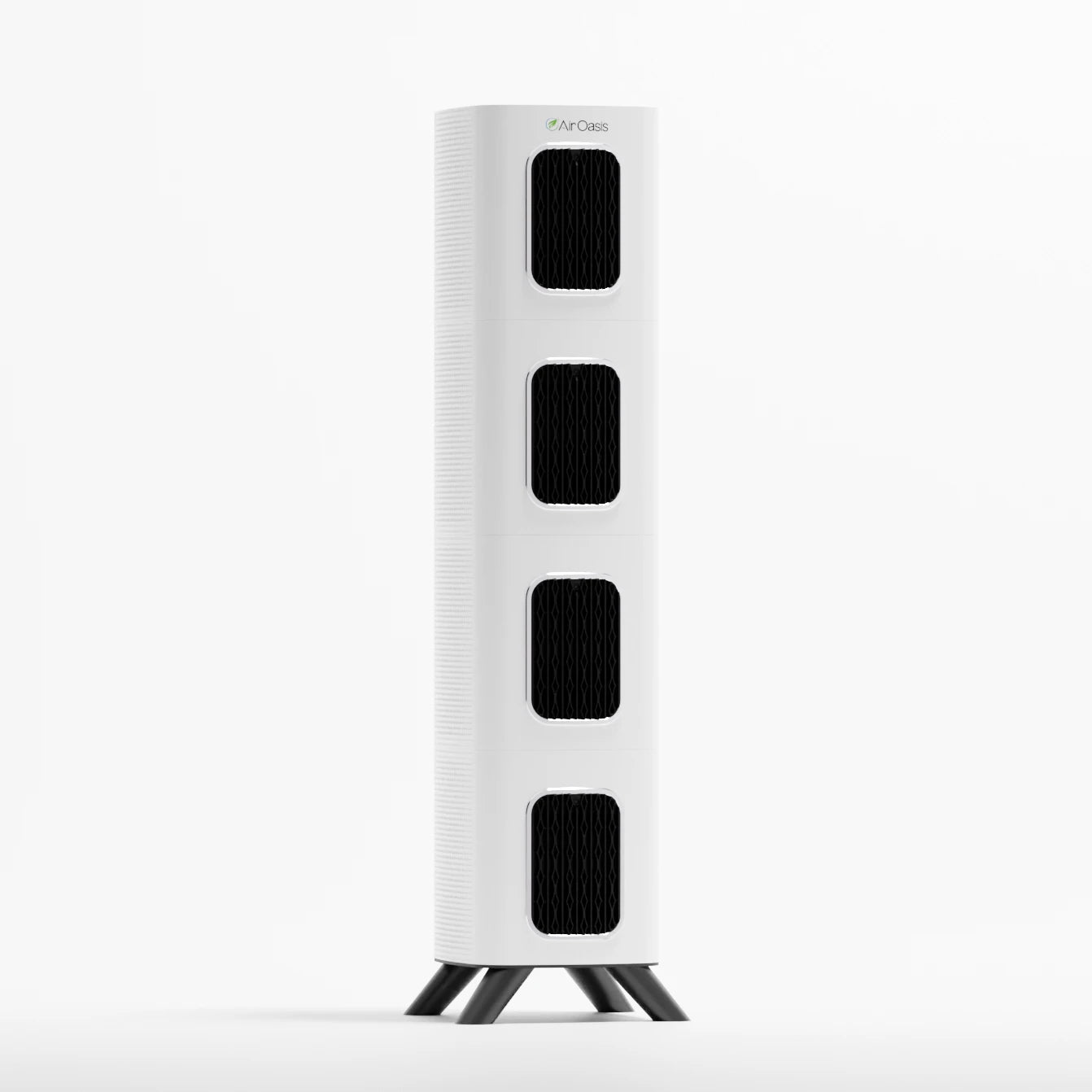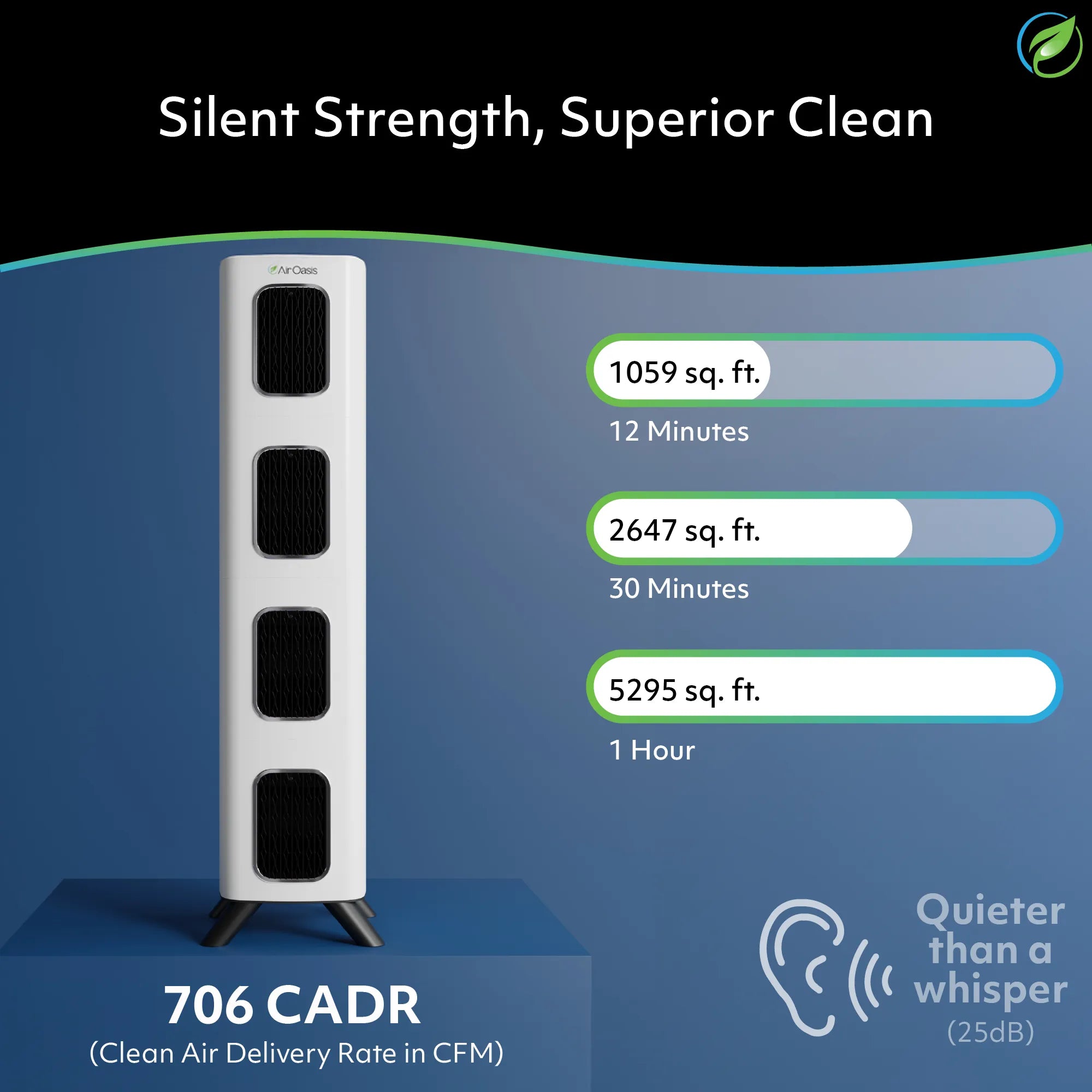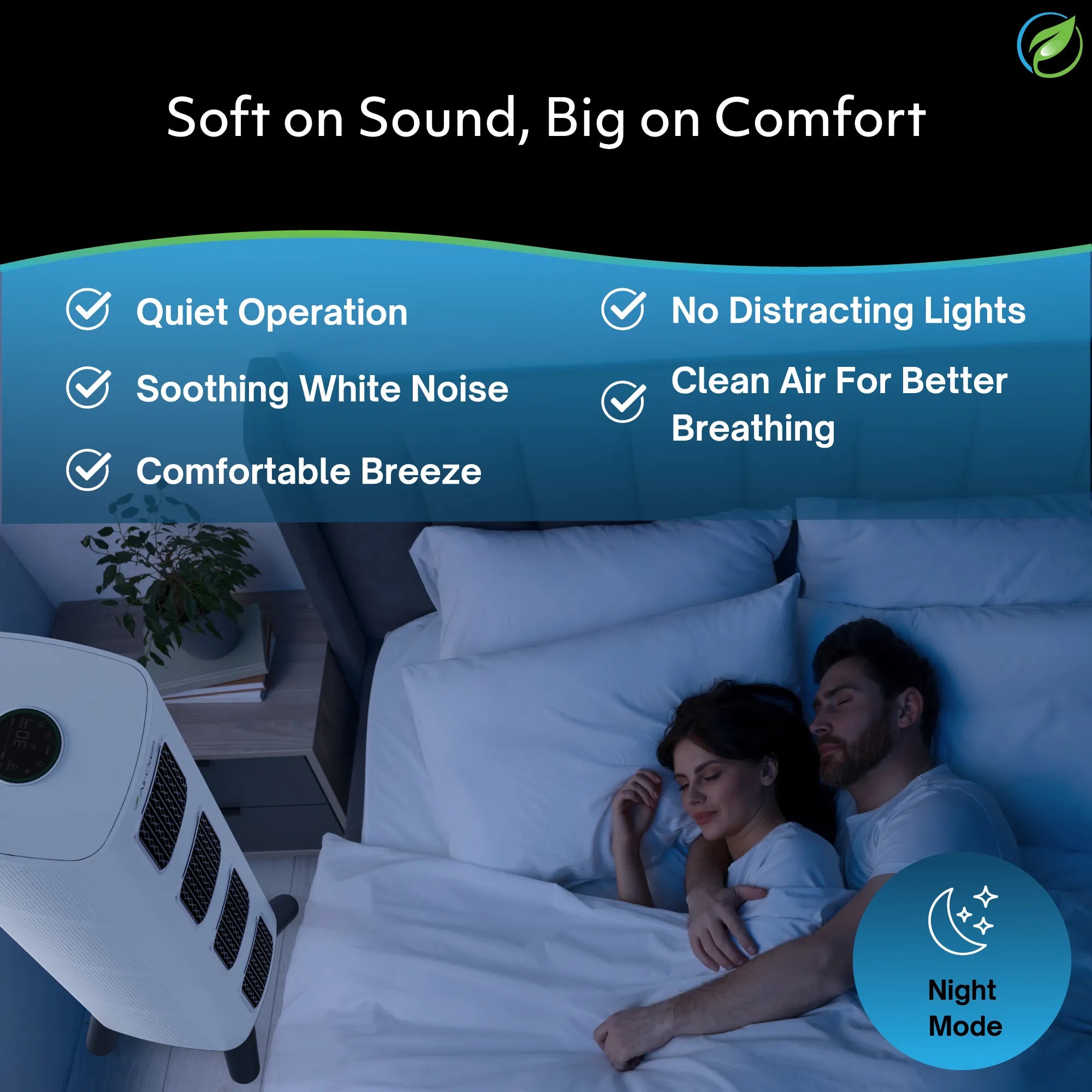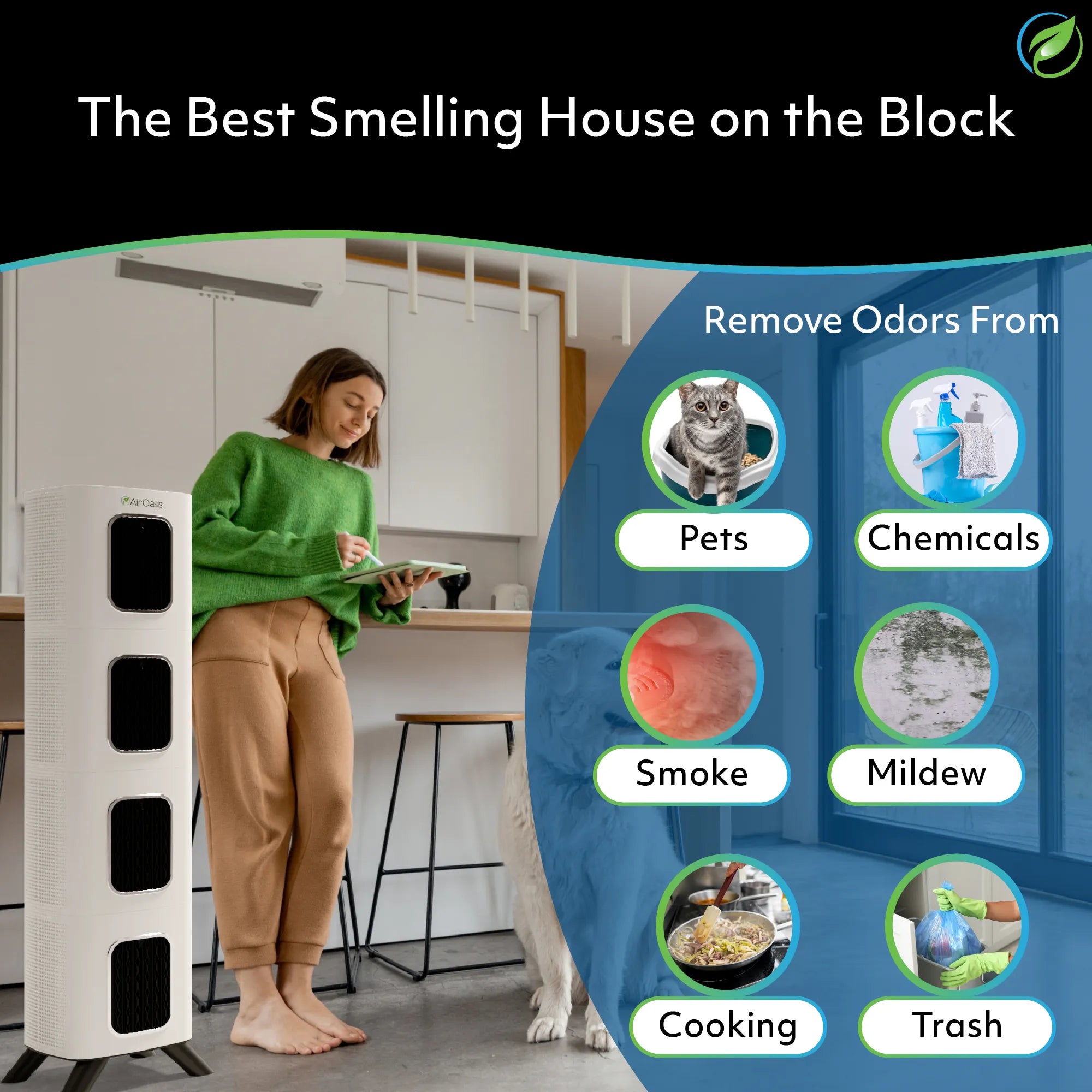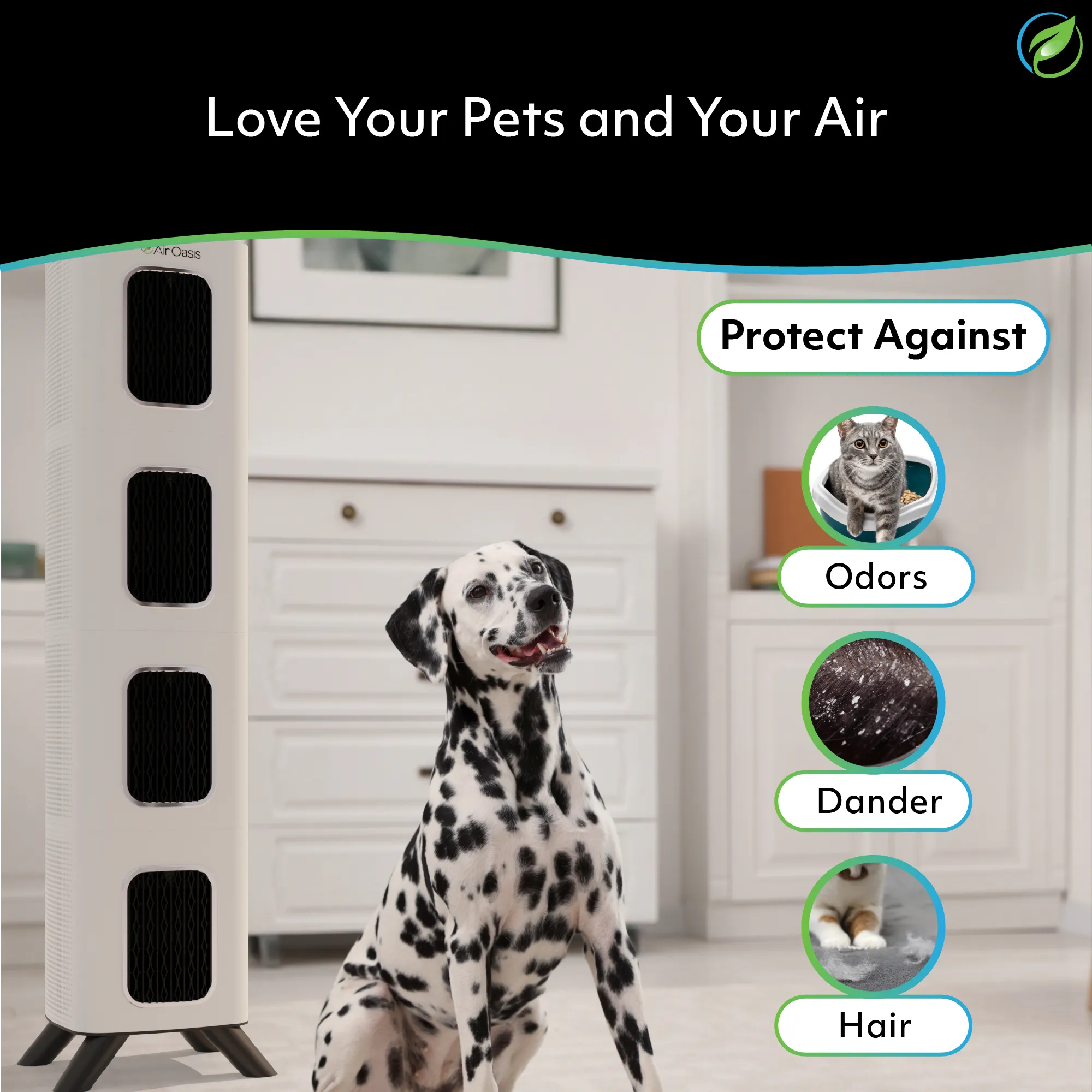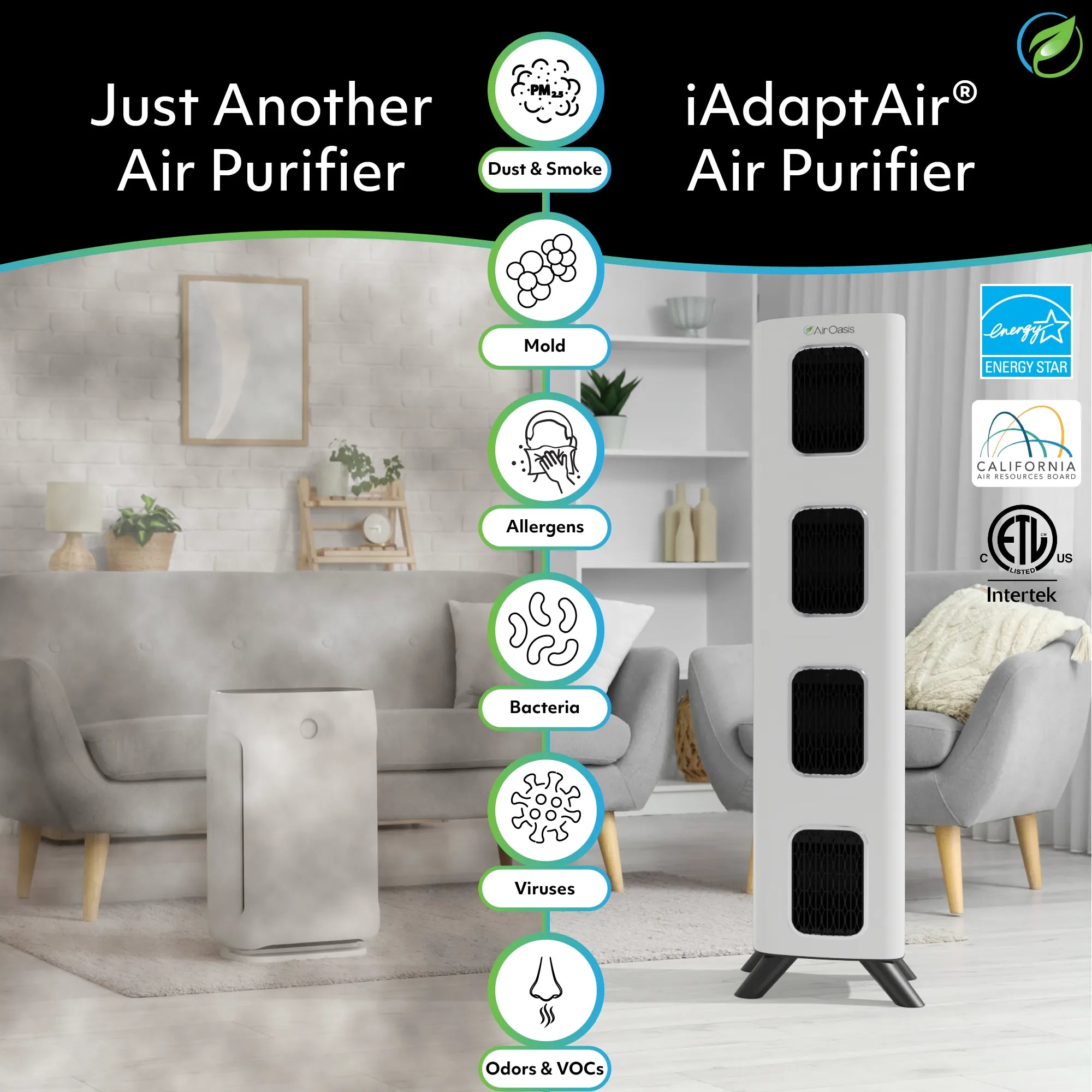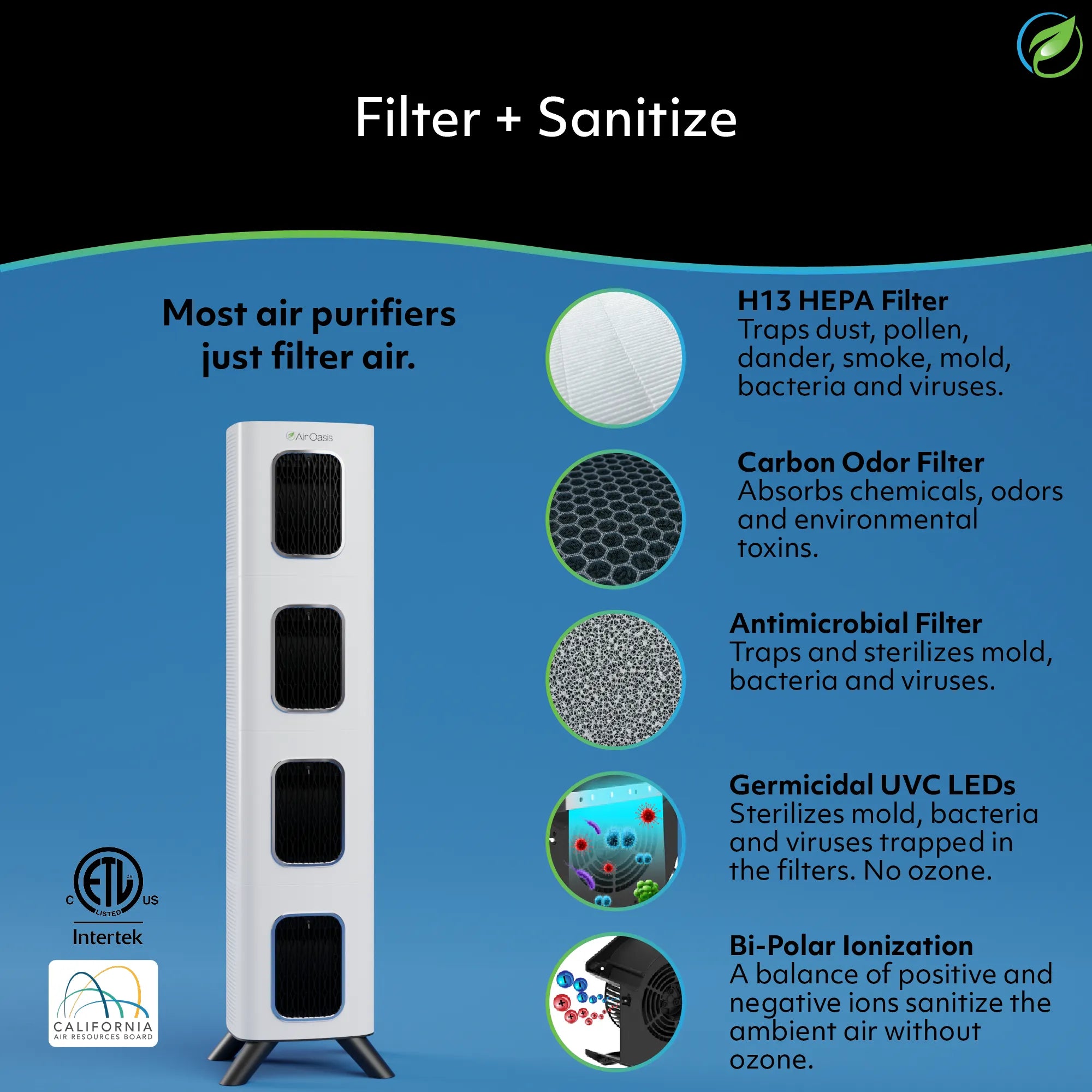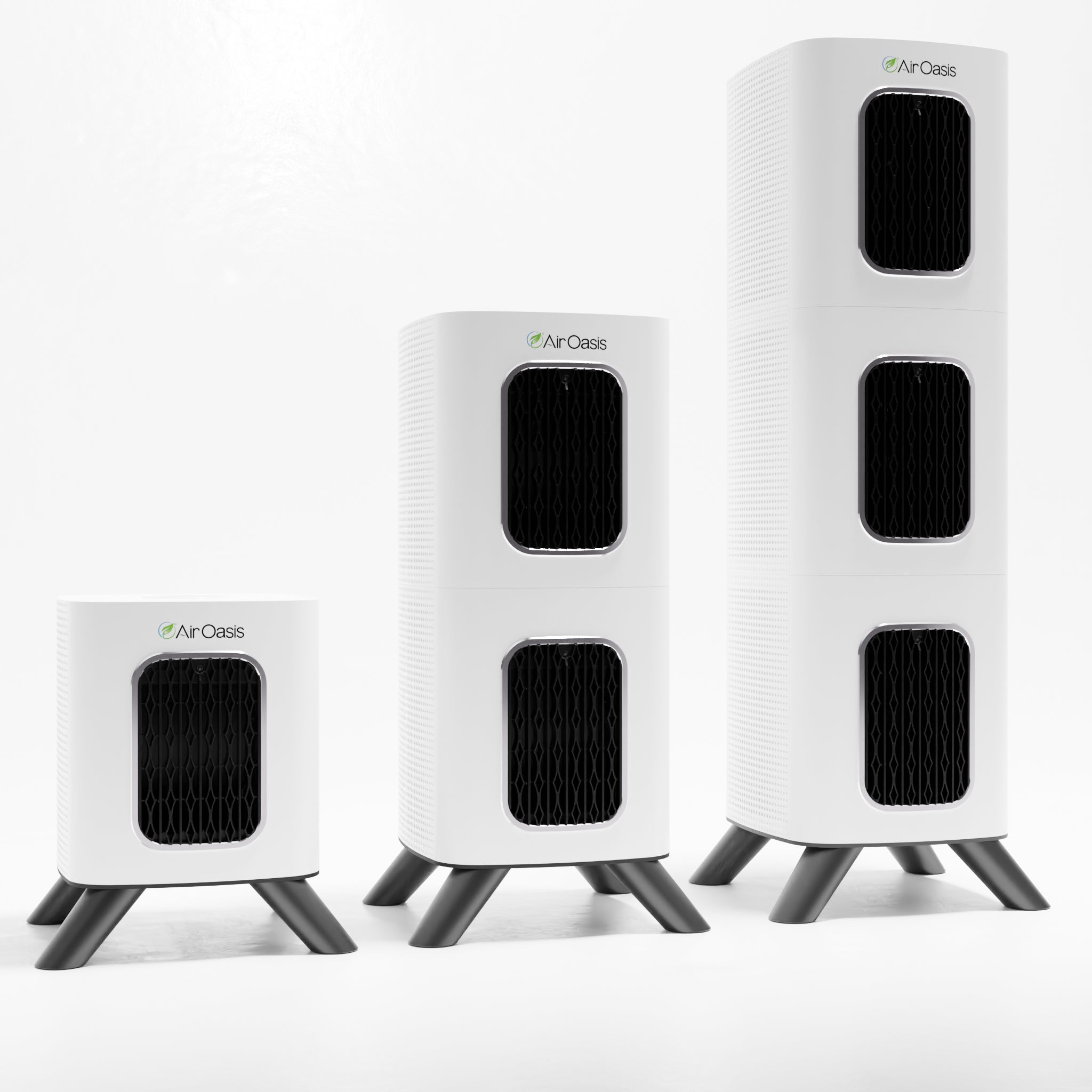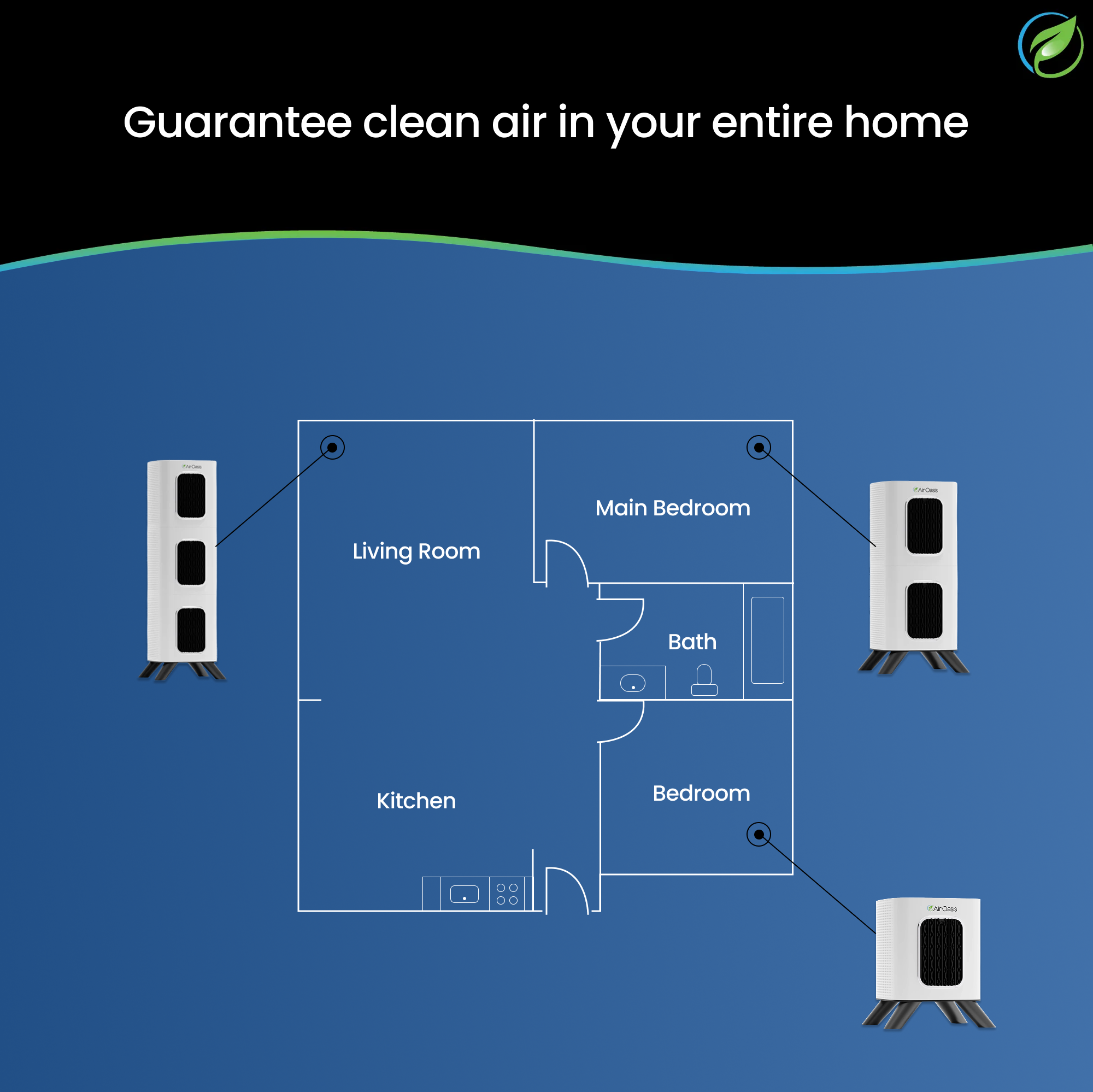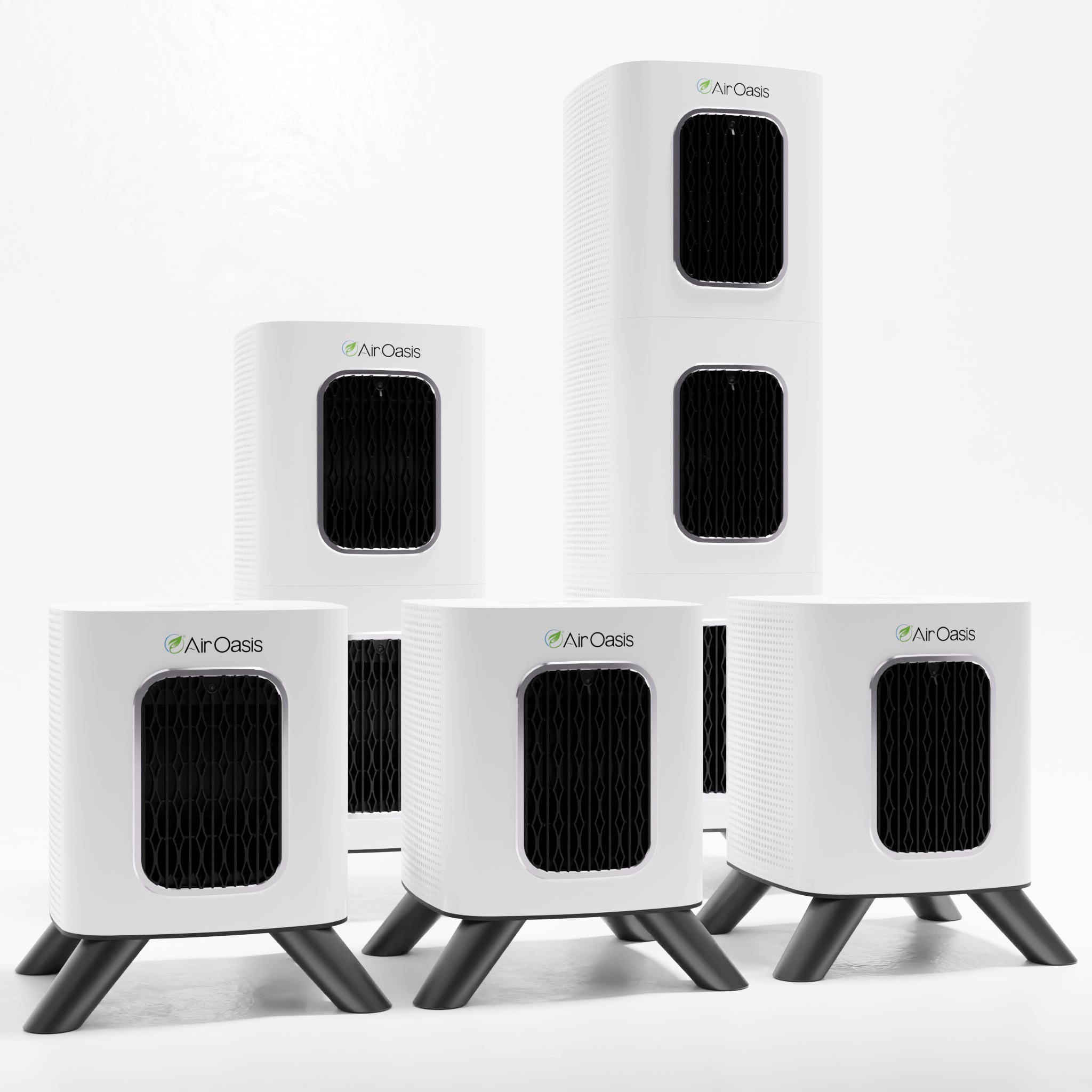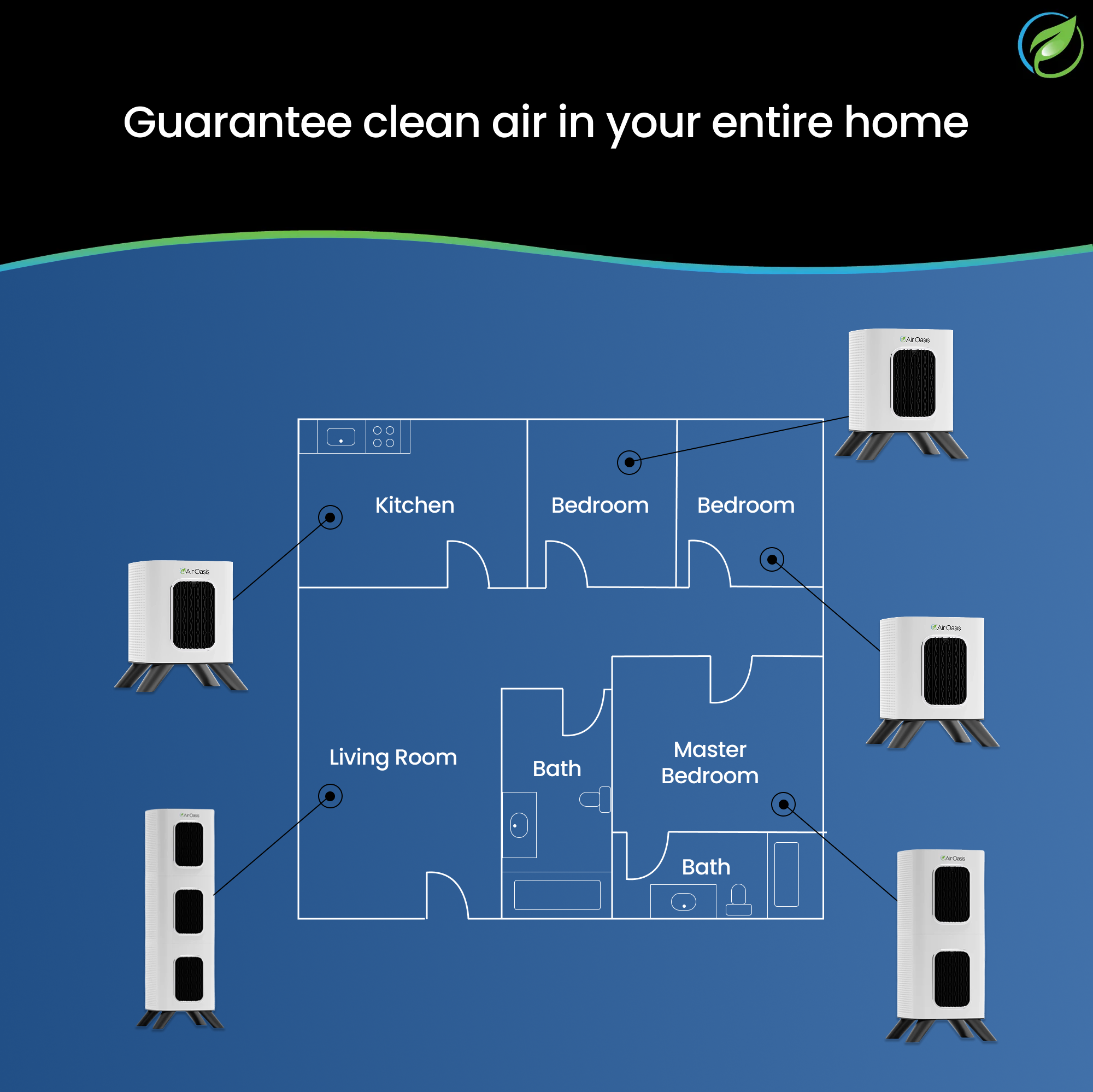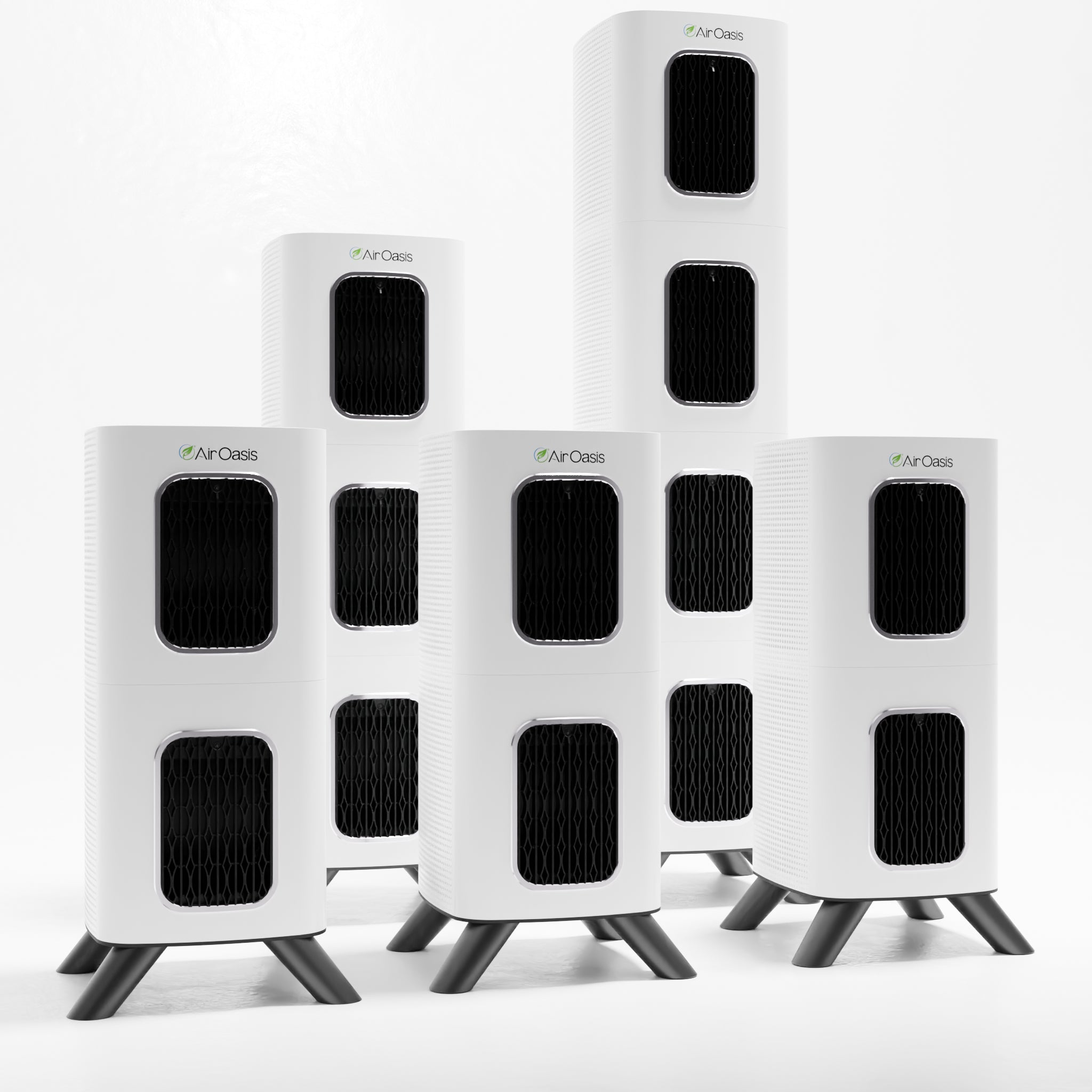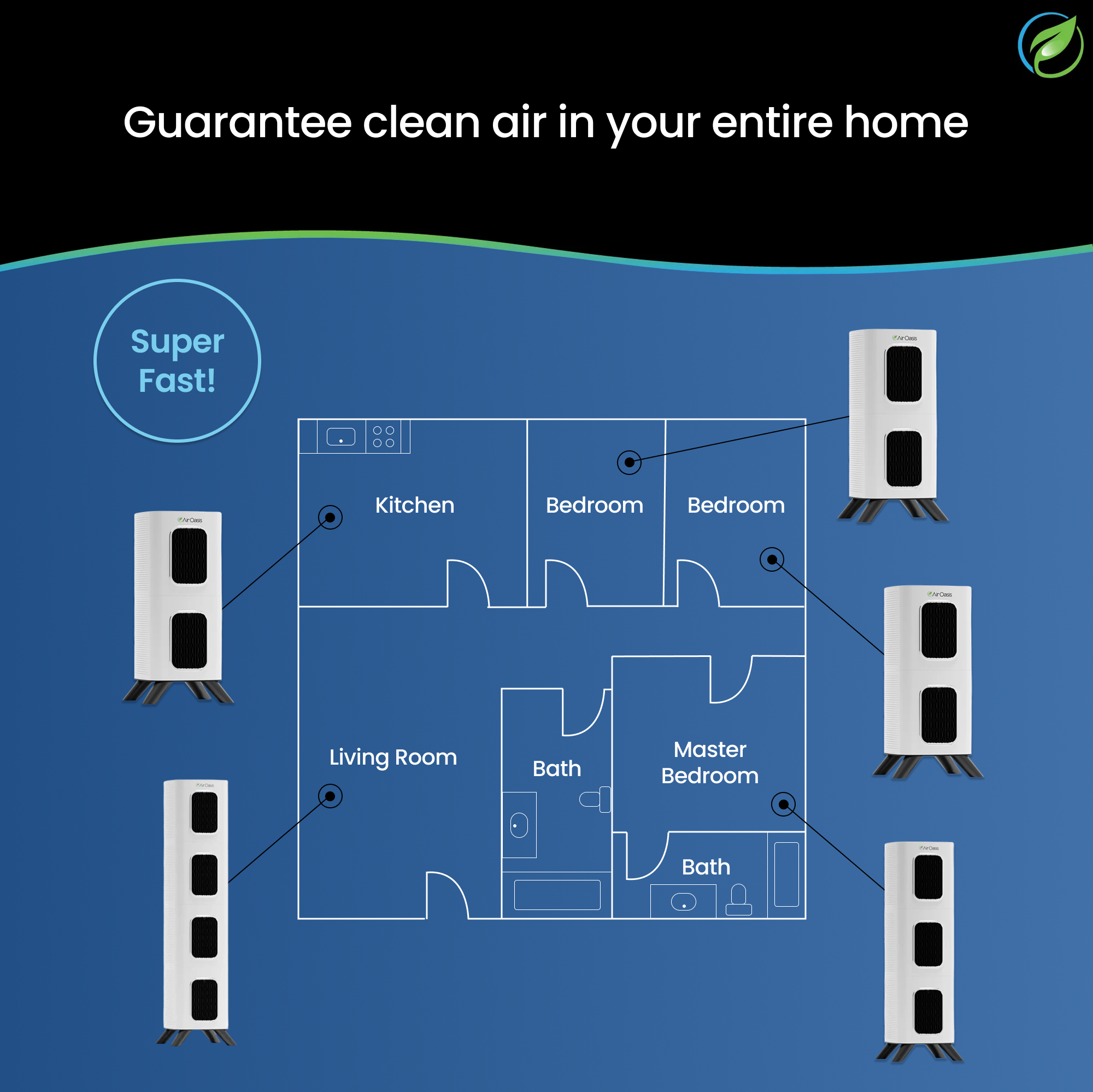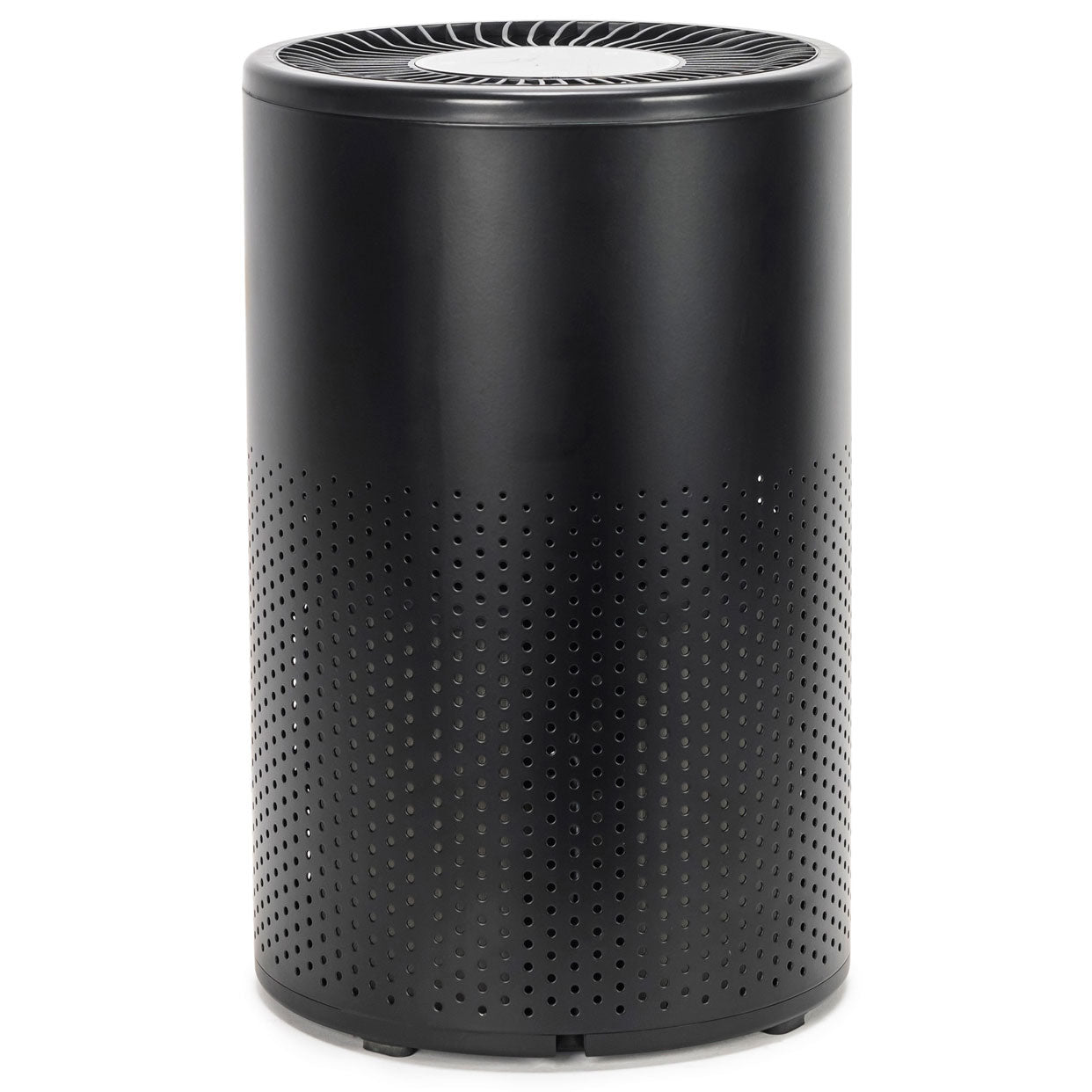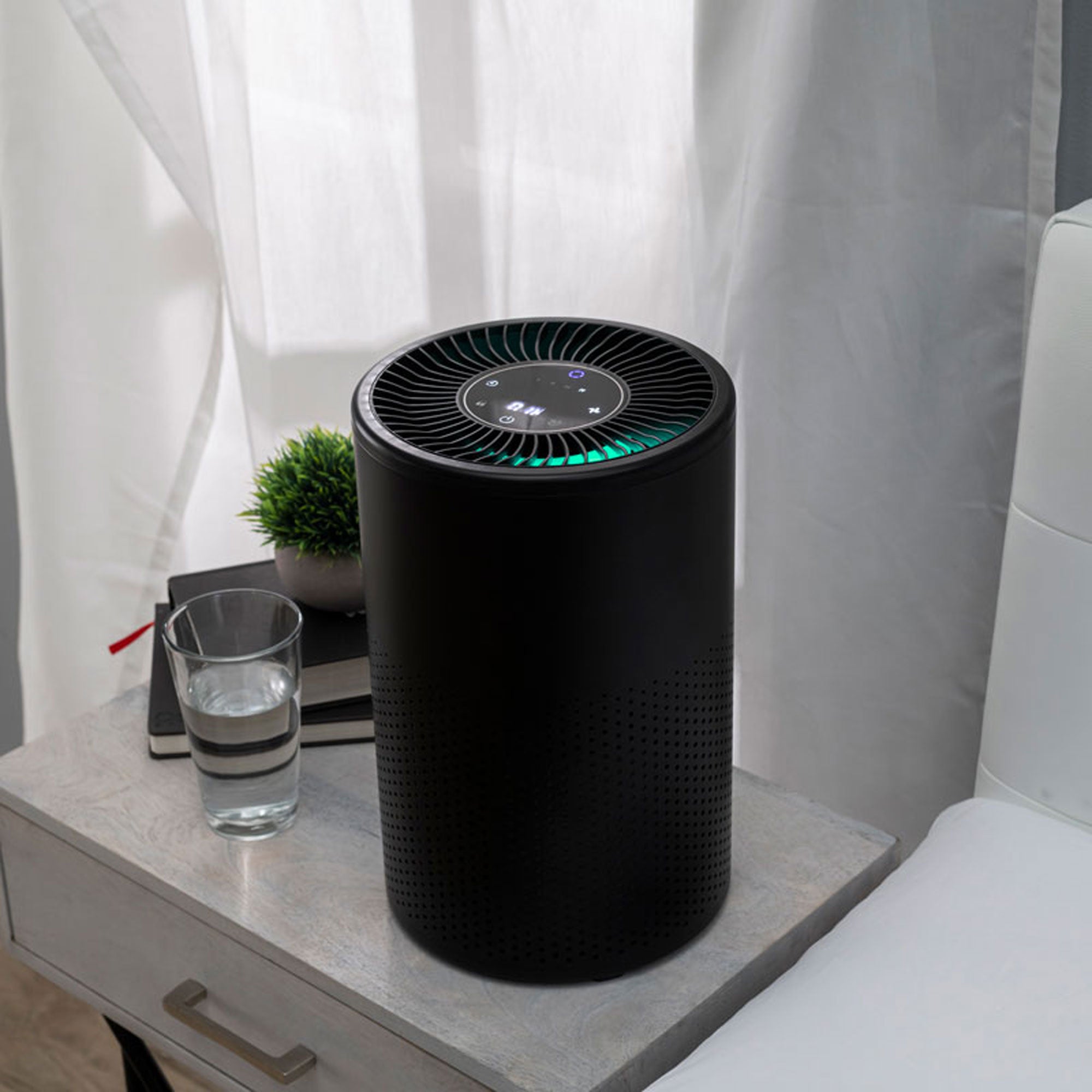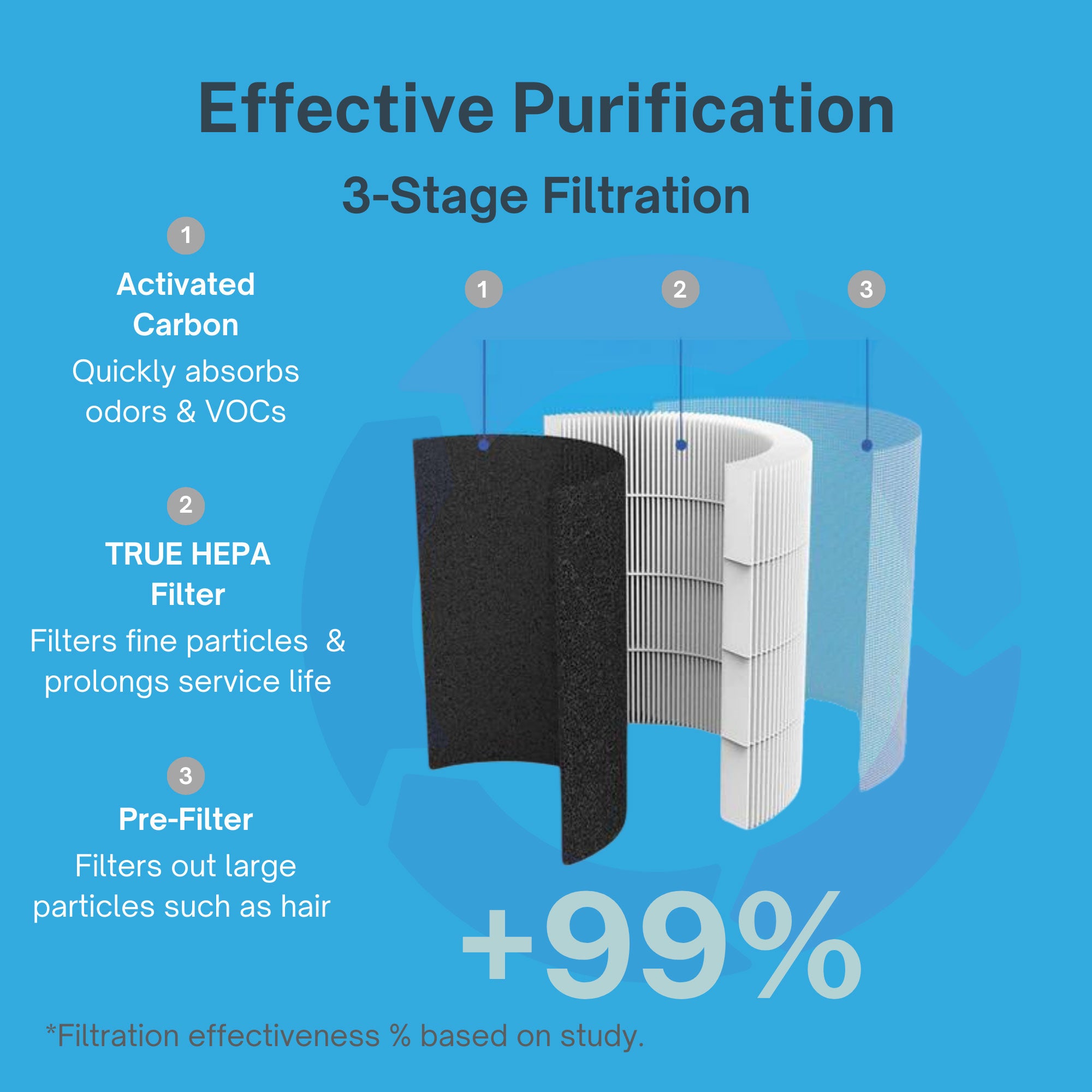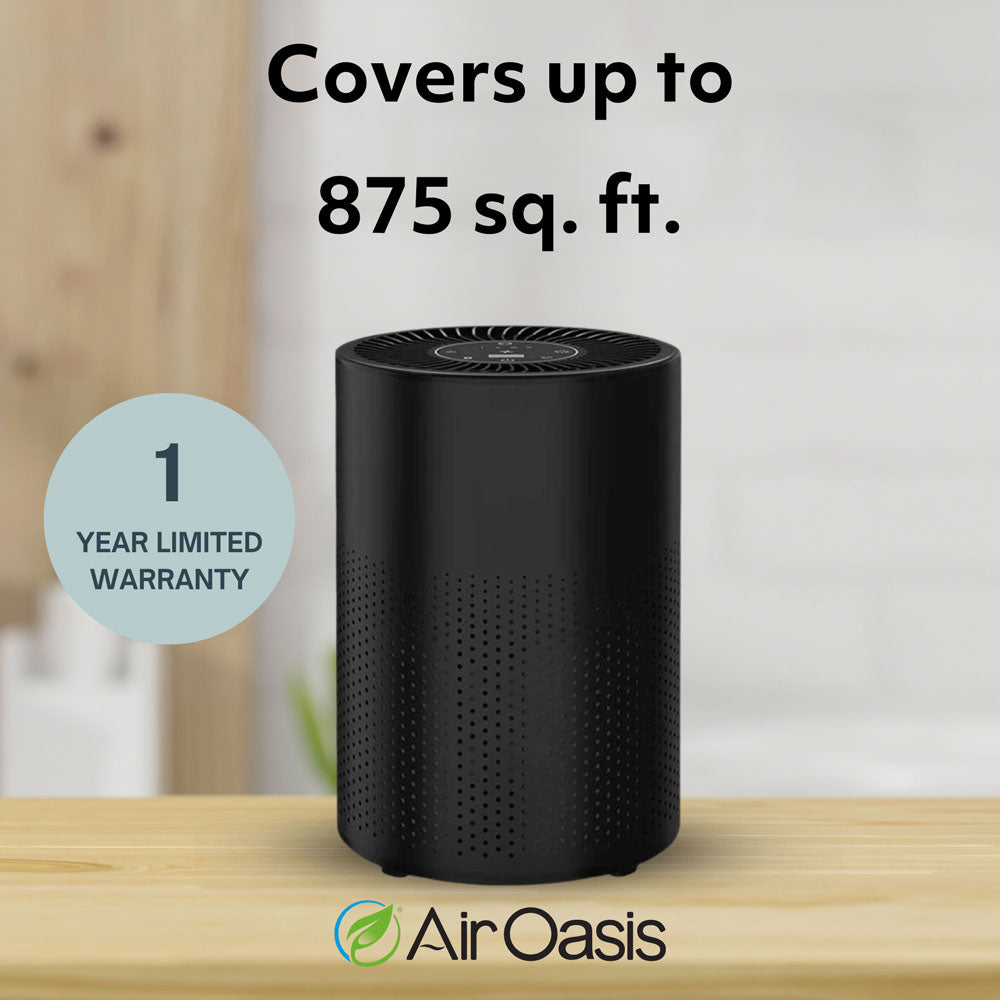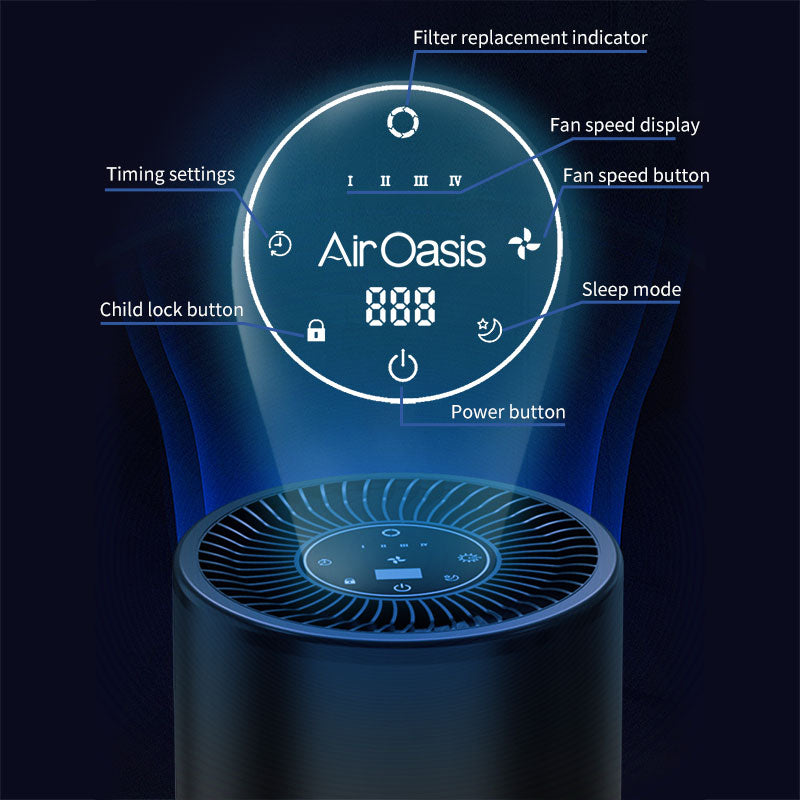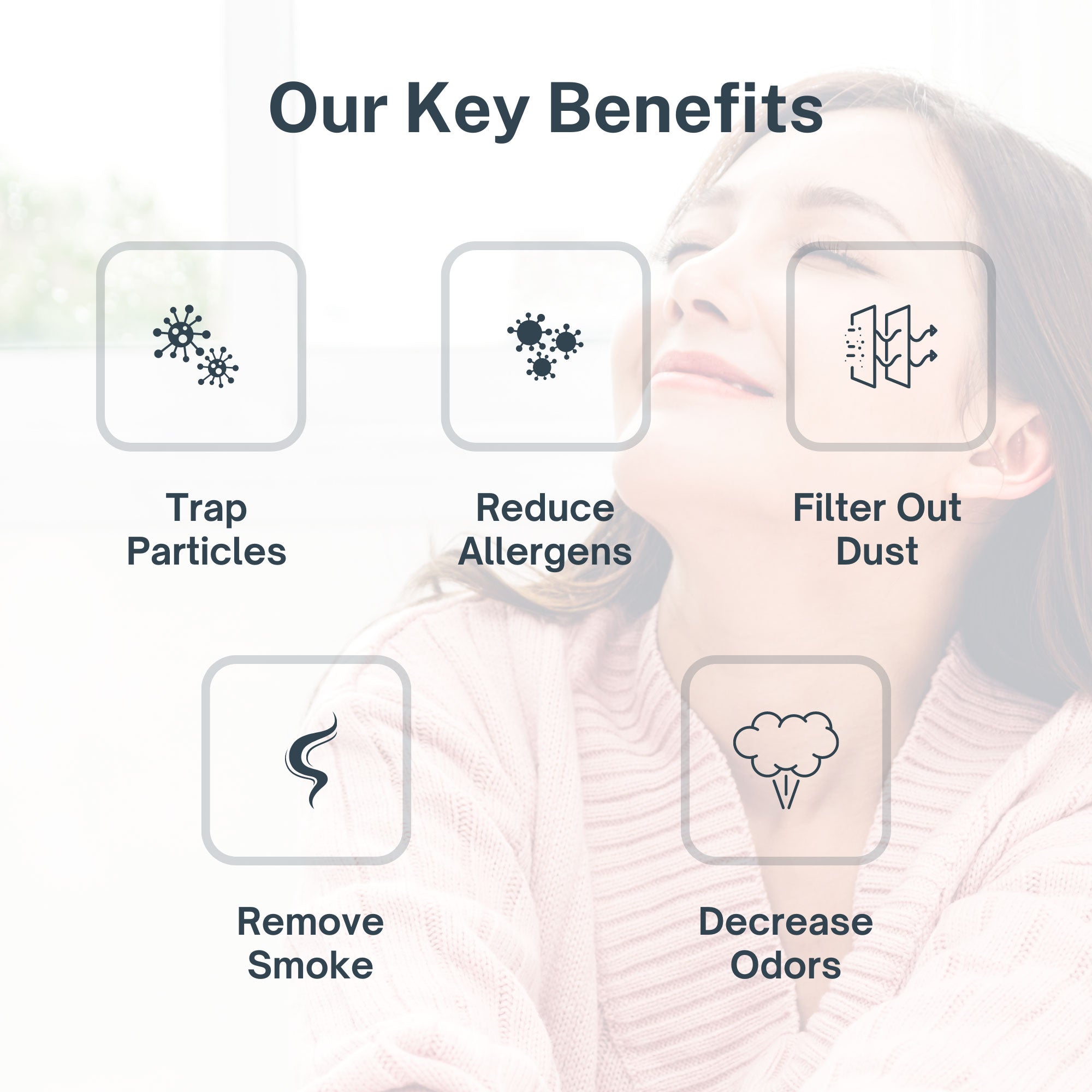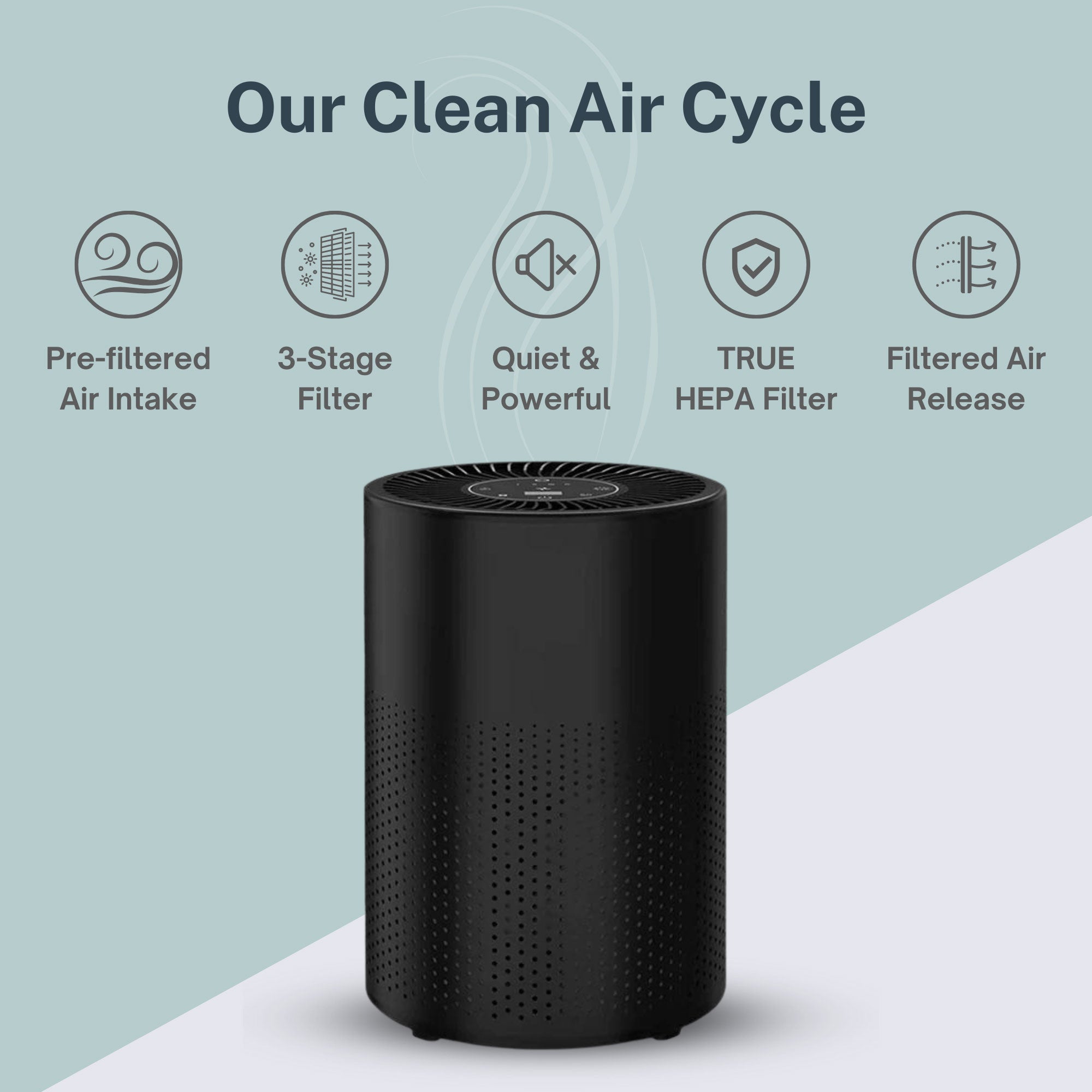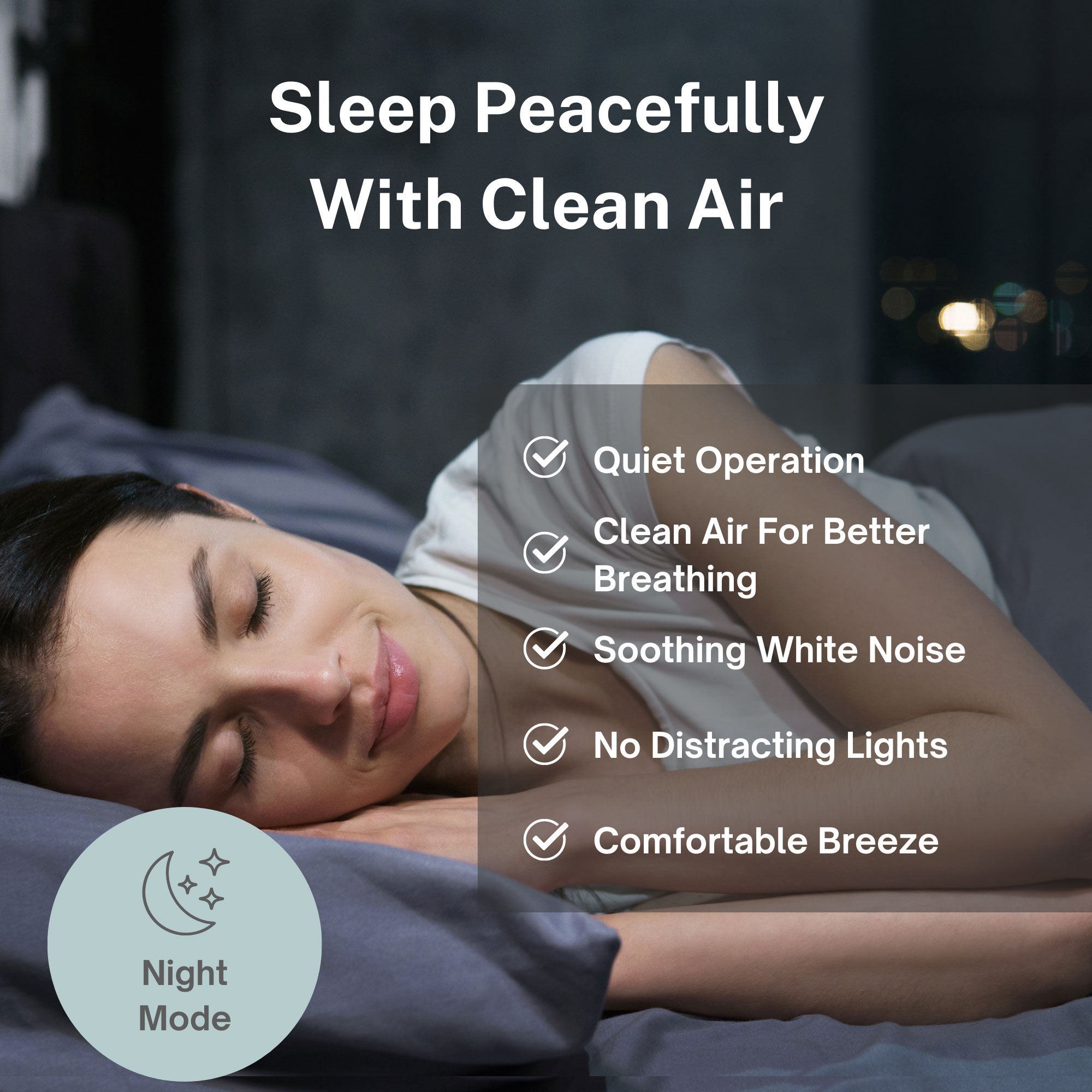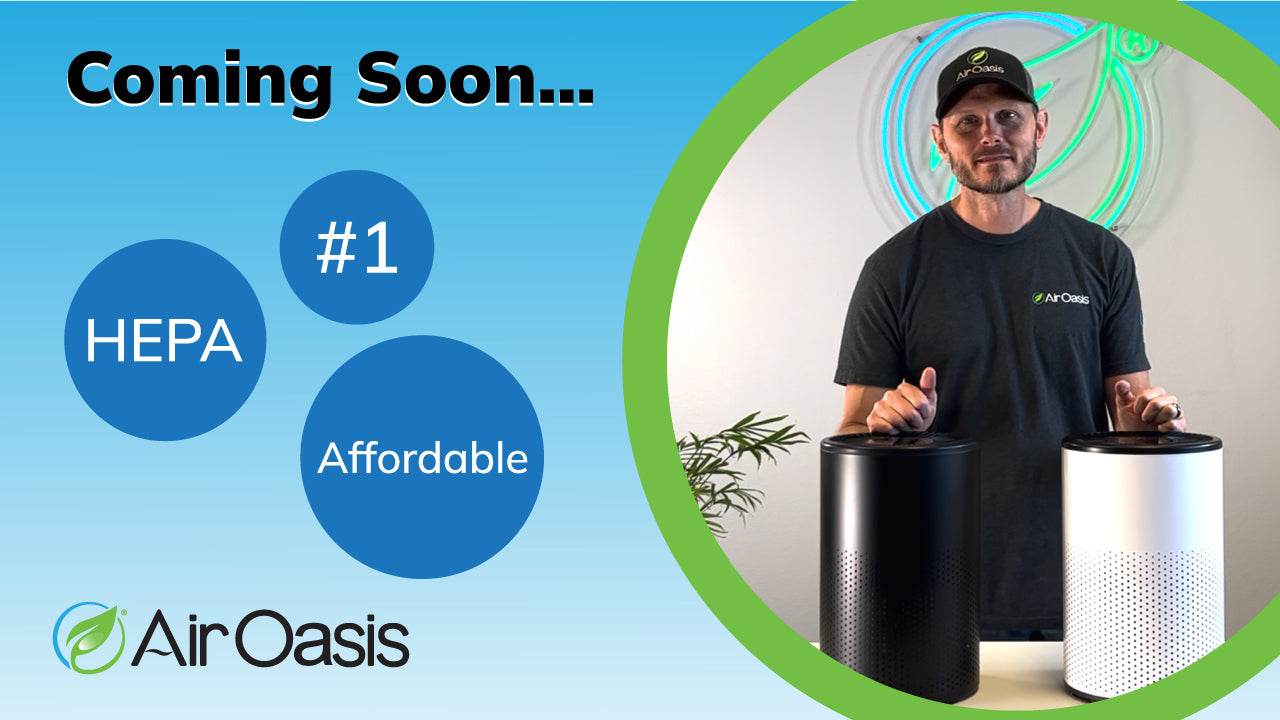Workplaces across the country face the growing dangers of bad air quality.
In many cases, offices operate in urban areas where traffic congestion and industrial pollution are constant problems.
For employees who spend the majority of their day indoors, this can have a serious impact on their health.
Studies have linked poor air quality with various health problems, including respiratory illnesses, headaches, and fatigue. In some cases, exposure to high levels of airborne contaminants can lead to long-term health problems like cancer.
As the dangers of bad air quality continue to spread, more and more businesses are taking steps to improve the air quality in their workplaces. But where do they start?
At Air Oasis, our mission is to bring clean, safe air to every business and workplace. Here’s everything you should know about working in bad air quality, including the health effects and how to combat poor air conditions in your workplace.
The Dangers of Bad Air Quality
Poor air quality can lead to various health problems, including headaches, respiratory infections, and even heart disease. Unfortunately, many employers may not realize the steps they should take to improve air quality in the workplace, leaving workers at risk.
Numerous state agencies have established pollution control task forces and legally enforceable pollution control standards.
Businesses need to take responsibility for the health and safety of their workers. What does it mean to meet clean air standards at the workplace?
Clean Air Standards for Work
The American Lung Association highlights the fact that many of the proven causes of lung disease can be found in the workplace. These can include:
- Mold
- Airborne dust
- Gasses, fumes, and vapors
- Secondhand smoke
- Cleaning chemicals
- Scented personal care products
- Pests (Dust mites, cockroaches, & mice)
- Exposure to unhealthy outdoor air
- Diesel fumes
- Vehicle exhaust
While the ALA lists tips for creating a “lung-friendly” workplace — regular trash removal, protective gear, fragrance-free workplace policies, etc. — government organizations like the EPA and OSHA offer more formal guidance for businesses.
EPA and Office Air Quality
The EPA estimates that poor indoor air quality is responsible for millions of lost workdays each year. It lists a series of steps workplaces can take to improve air quality.
One of the most important steps is to ventilate the space properly. This means ensuring that there’s an adequate supply of fresh air and that stale air can escape. Another key step is to control moisture levels. Dampness can lead to the growth of mold and other pollutants. It’s also important to monitor temperature and humidity levels, as both can affect the comfort level of occupants and the workspace’s capacity to ventilate properly.
OSHA and Indoor Air Quality
According to the Occupational Safety and Health Administration, poor air quality can cause a range of health problems, including headaches, nausea, and difficulty breathing. In some cases, it can even lead to more serious conditions.
OSHA lists a number of factors that can contribute to poor indoor air quality, including off-gassing from building materials and furnishings and the presence of airborne contaminants such as mold spores and dust mites.
Like the EPA and American Lung Association, it recommends opening windows to let in fresh air, using air purifiers to remove contaminants from the air, and regularly cleaning floors and surfaces to reduce dust buildup as key steps in improving air quality.
Health Effects of Bad Air Quality
The World Health Organization doesn’t hold back when discussing the negative effects of pollution — and the facts are striking:
- 99% of the global population breathes air that exceeds WHO guidelines
- Polluted air kills at least 7 million people every year
- One-third of deaths from stroke, lung cancer, and heart disease are attributable to air pollution
It’s no question that bad air quality is a serious problem, including in the workplace. So what can businesses do to protect themselves and their employees from its devastating effects?
Protecting Against Unhealthy Air
The American Lung Association delineates numerous tips for protecting against unhealthy air. Many of these tips involve being aware of the pollution forecast and adjusting what you do and where you do it. For example, experts recommend exercising away from high-traffic areas or indoors on days with particularly bad air quality.
But for many of us, adjusting where and when we work based on the air quality isn’t viable. The only option is to take steps to improve the air quality at our workplaces.
Air Purifiers for Work
Air purifiers have been shown to be effective at reducing airborne contaminants, including viruses, in a building or small space.
At Air Oasis, we make air purifiers for workspaces that can eradicate over 99% of unwanted airborne particulates through multi-stage filtration. This includes harmful particles like dust, pollen, and mold spores. Our air purifier technology also eliminates odors and VOCs (volatile organic compounds).
The result? Air Oasis air purifiers can significantly improve the air quality in virtually any workplace, from dental offices and medical facilities to office spaces.
Not only does this improve employee health and productivity, but it also creates a more pleasant and productive work environment.
Ready to find out more? Shop Air Oasis purifiers to find the perfect purifier for the workplace and help your team breathe easier.





